32 easy ways to teach your dog new tricks
Training your dog? Unlock the commands of the tail-wagging trade with these easy ways to teach your dog new tricks

Once armed with these easy ways to teach your dog new tricks, there’s no stopping your four-legged friend from achieving greatness.
Whether you’ve tried to teach your dog how to do a 'paw shake' and they’re just not getting it. Perhaps you’re in the process of training them how to learn the five basic commands, like come, leave it, lay down, stay and sit, but they refuse to listen. Or maybe you’re wondering how to stop a dog pulling on a leash. Teaching your cute companion something new isn’t always easy.
However, the key to successfully owning a well-trained pooch is found in establishing your place as the leader of your pack. And a great way of initiating and reaffirming this is through the introduction of tricks (and rewarding them when they make progress with the best dog treats, of course).
So, where do you begin? Every dog is different and what works for one may not work for another. But to reflect this diversity, thankfully there are multiple approaches you can try. With any of the below methods of training, consistency is key. So stick to your guns and trust the process and you’ll have your pack in order in no time! Keep scrolling to unlock our 32 approaches to teaching your dog new tricks.
32 easy ways to teach your dog new tricks
1. Clicker training
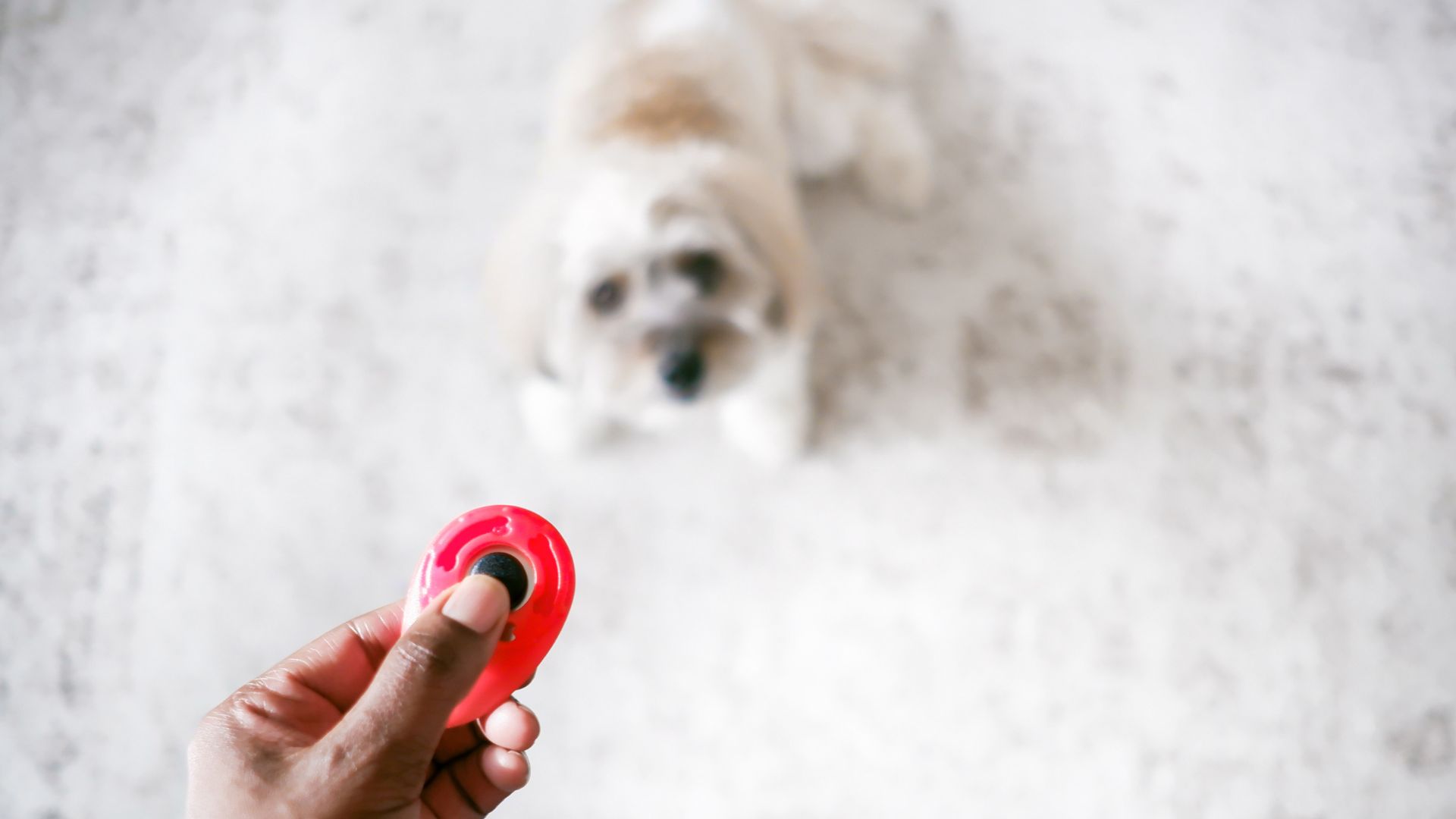
Clicker training for dogs is the introduction of a mechanical sound or marker word to create an association with being rewarded. When your dog performs the action you like, you press your clicker and within a window as short as 3 seconds reward them with a treat.
2. Positive reinforcement
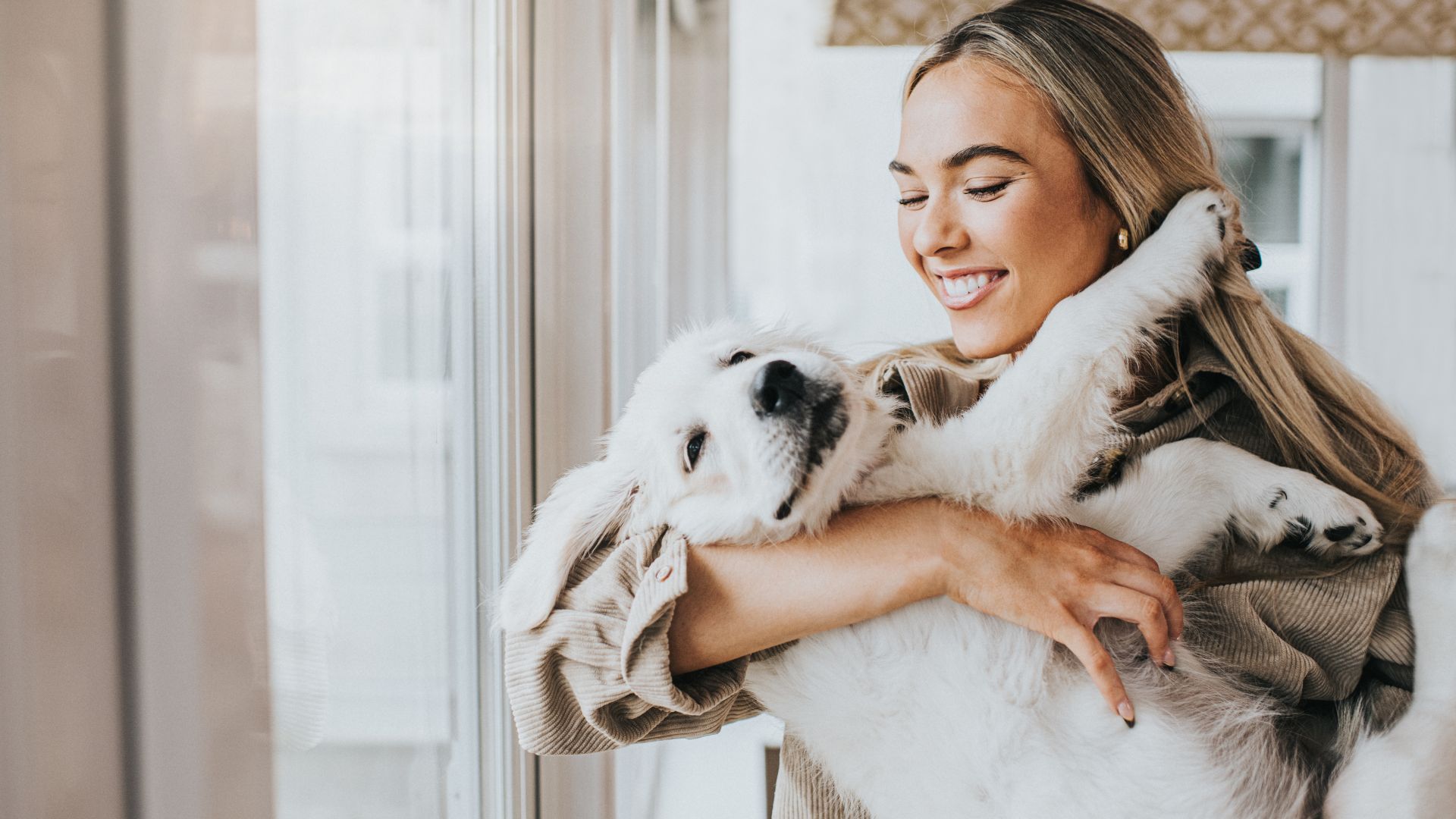
Positive reinforcement for dogs operates on the grounds that a canine is more likely to repeat a behavior when rewarded. For this method you can use the best treats (or the best diabetic dog treats if your pooch is diabetic), the best dog toys, verbal praise, or physical affection.
3. Negative reinforcement
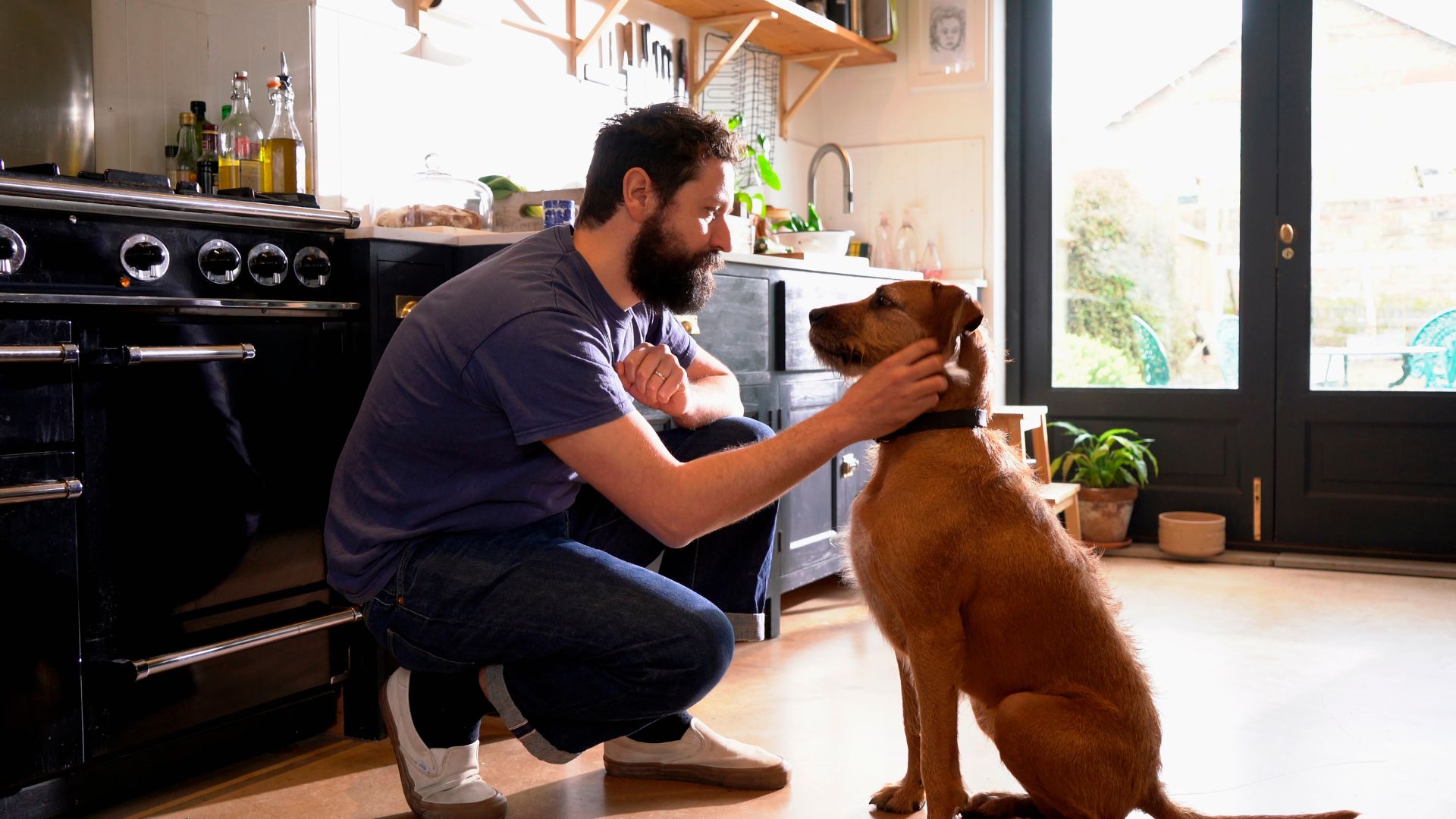
This training method focuses on an action being implemented and then removed once your request has been met. For example, the use of a hand to enforce a ‘sit’ command, once the dog has taken this position the hand is removed and they are rewarded.
4. Positive Punishment
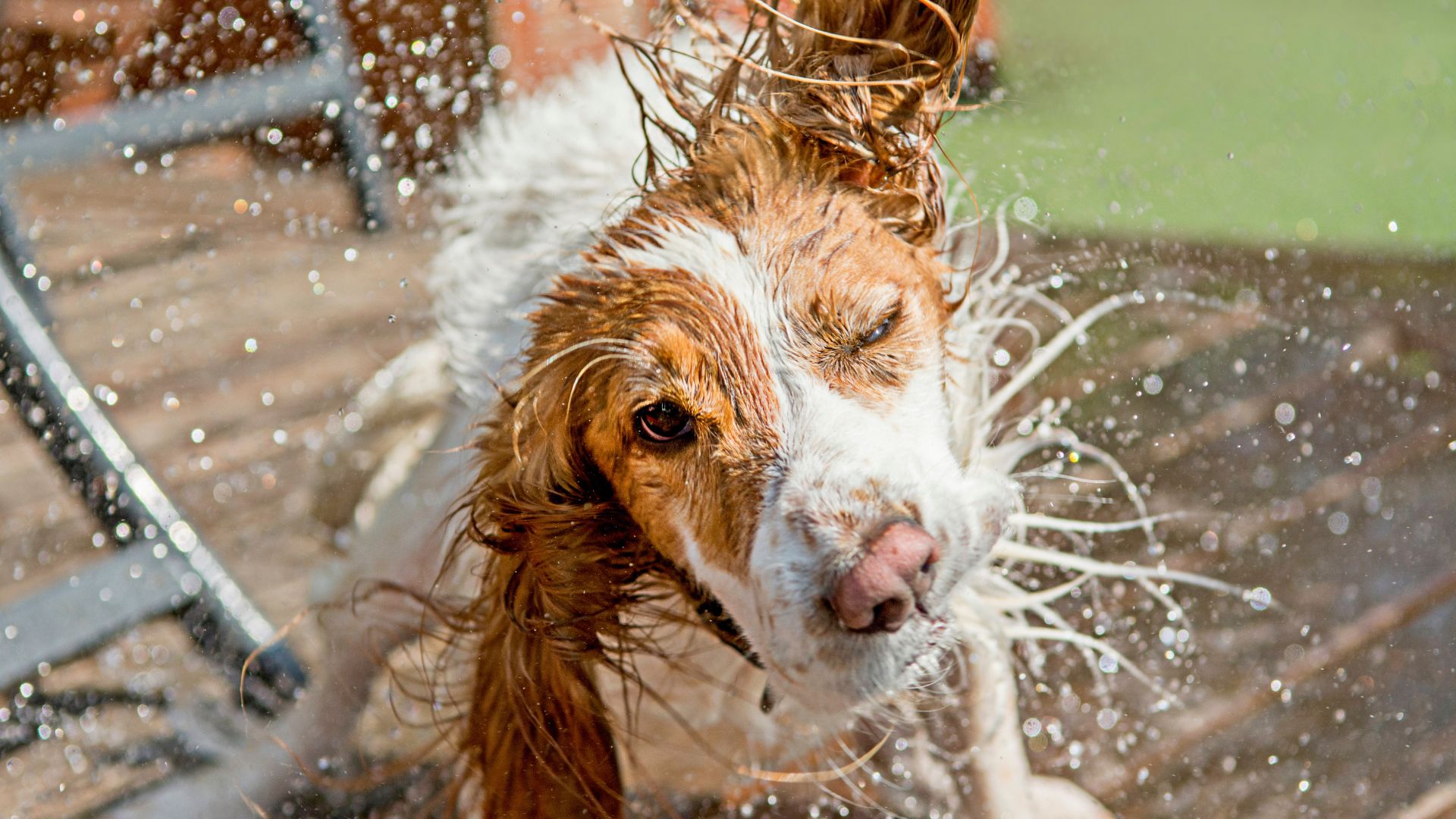
Positive punishment is used to curb unwanted behaviors by adding a negative consequence. A popular example is spraying a barking dog with water, the reaction to which is shock causing the barking to halt.
5. Negative Punishment
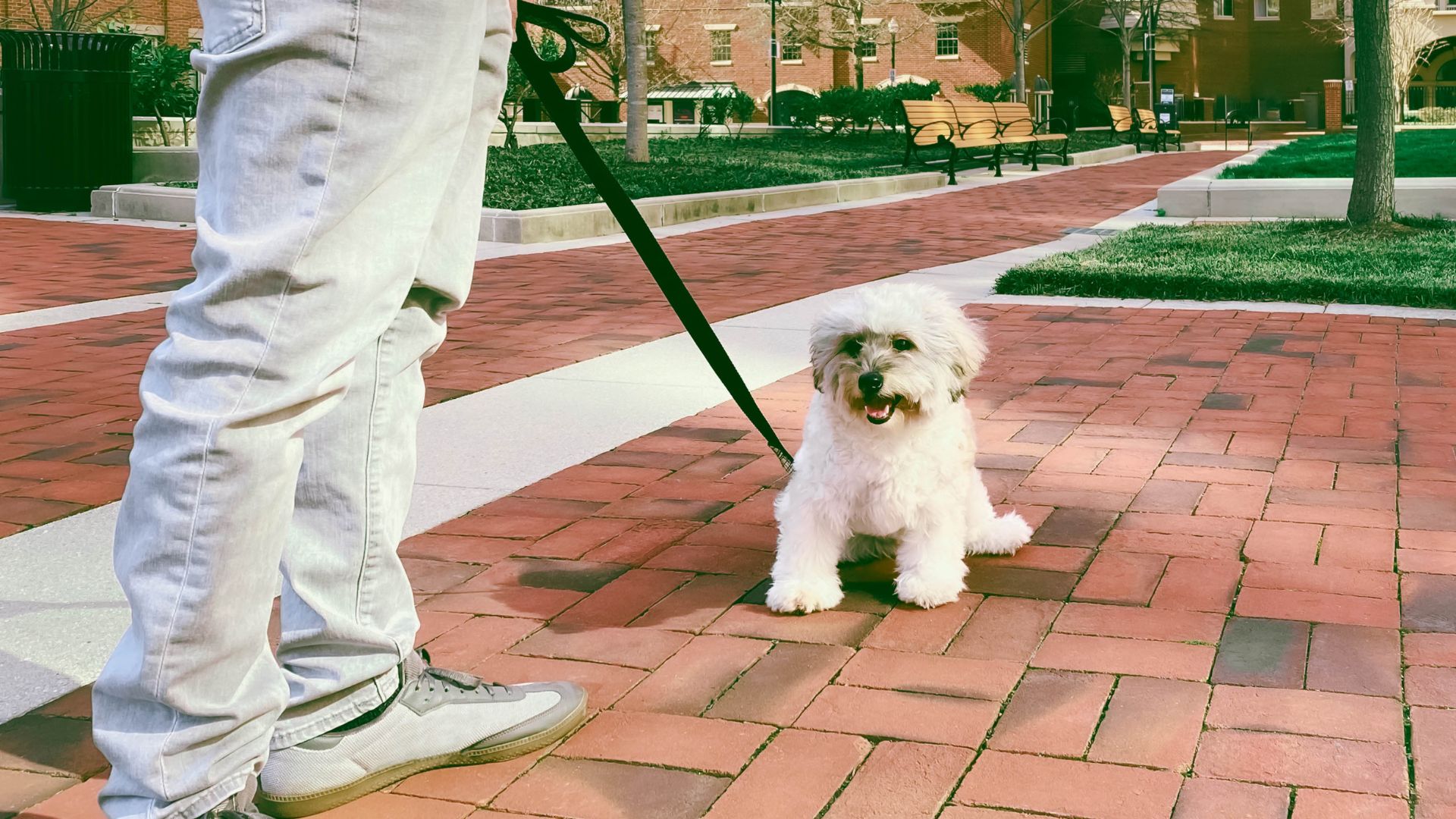
Negative punishment works by removing the cause of undesired behavior to draw attention to the error before trying again. An example of this would be, if your dog pulls on the lead during a walk your response would be to halt the walk until your dog stops pulling.
6. Redirection training
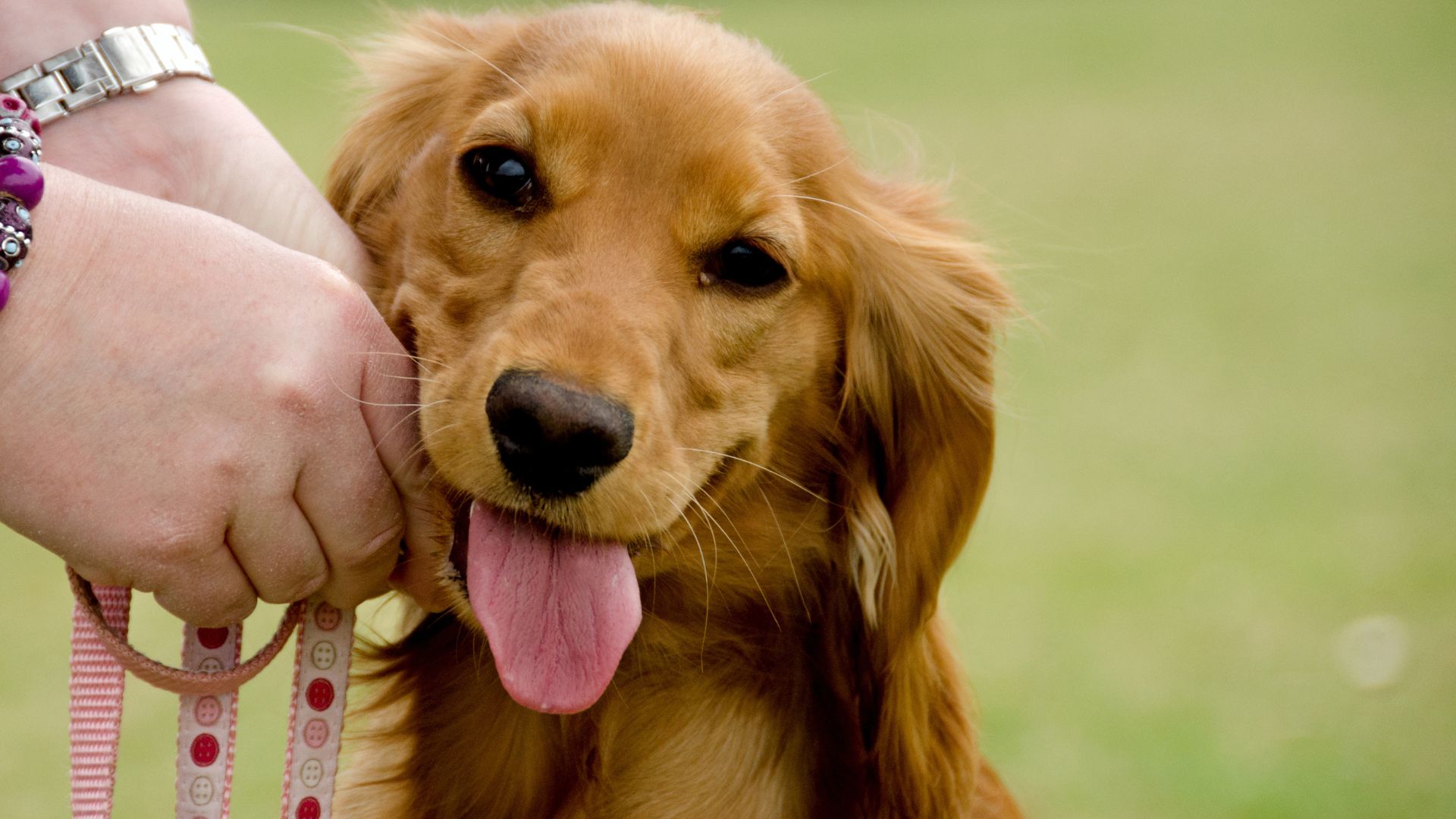
As its name suggests, redirection training is all about encouraging your dog to ‘do this, not that’ rather than drawing too much attention to the undesired behavior you bring excitement and interest to the preferred.
7. Management training
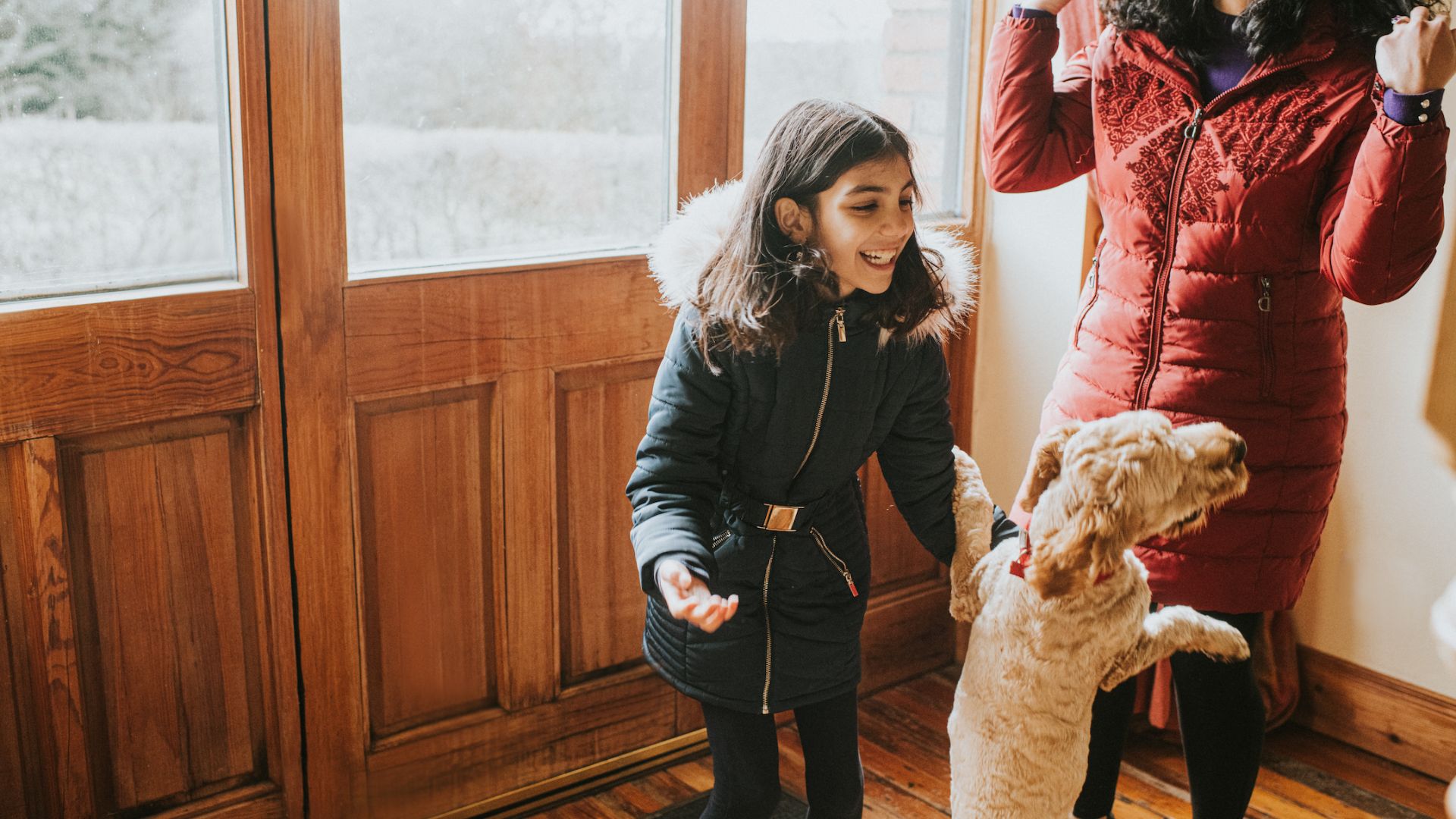
When you manage your dog's immediate environment to remove unwanted behavior, you are implementing management training. For example, putting your dog in another room before inviting guests in to stop them from jumping up. For more ways on how to stop a dog from jumping up, see here.
8. Model-rival or Mirror Dog Training
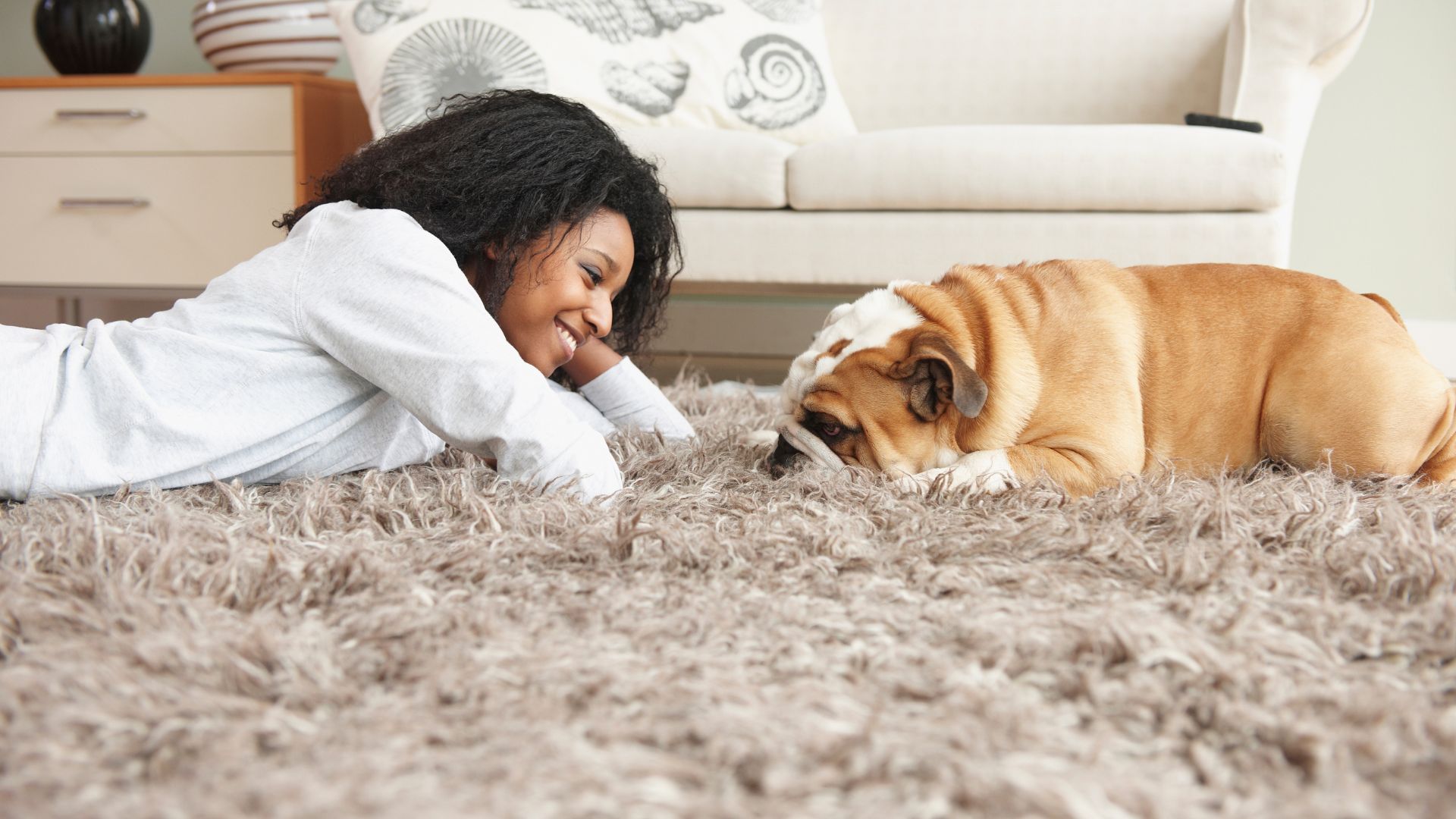
To implement this method, you not only call the command but provide a demonstration for your dog. At first glance this method may seem silly, but commonly known as ‘Mirror Dog Training’ this approach seems to work most times. But why? It operates on the knowledge that a dog learns best by observing a model, which makes sense when you think about it.
9. Relationship-based training
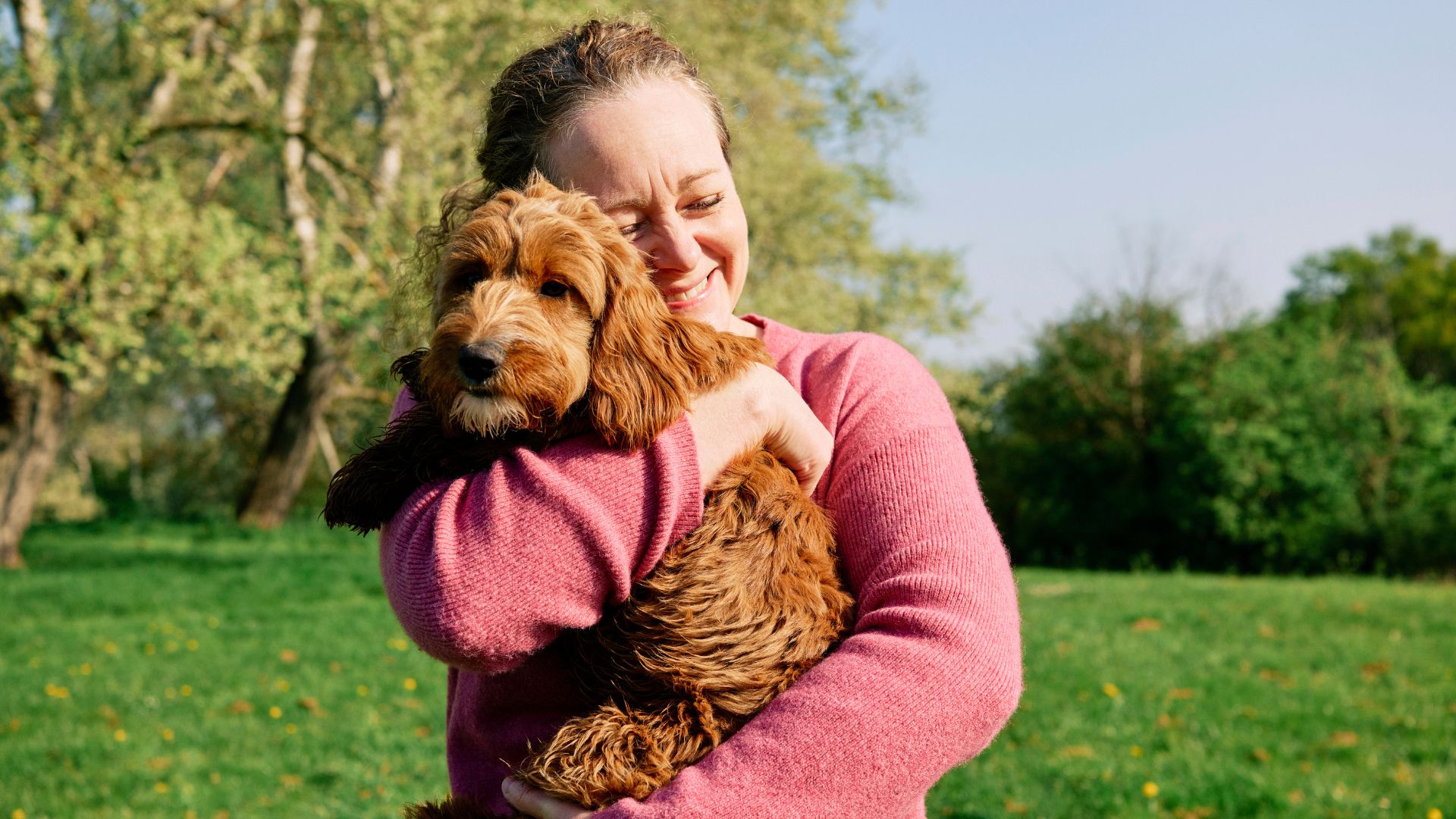
A dog is a (wo)man’s best friend, right? So this form of training requires you to treat them like how you would your human pals. Relationship-based training encourages balance, trust, and bonding between the dog and its owner whilst they work towards a common goal. Paying close attention to your dog, what drives them, and when they feel most rewarded is key.
10. Classic Conditioning training
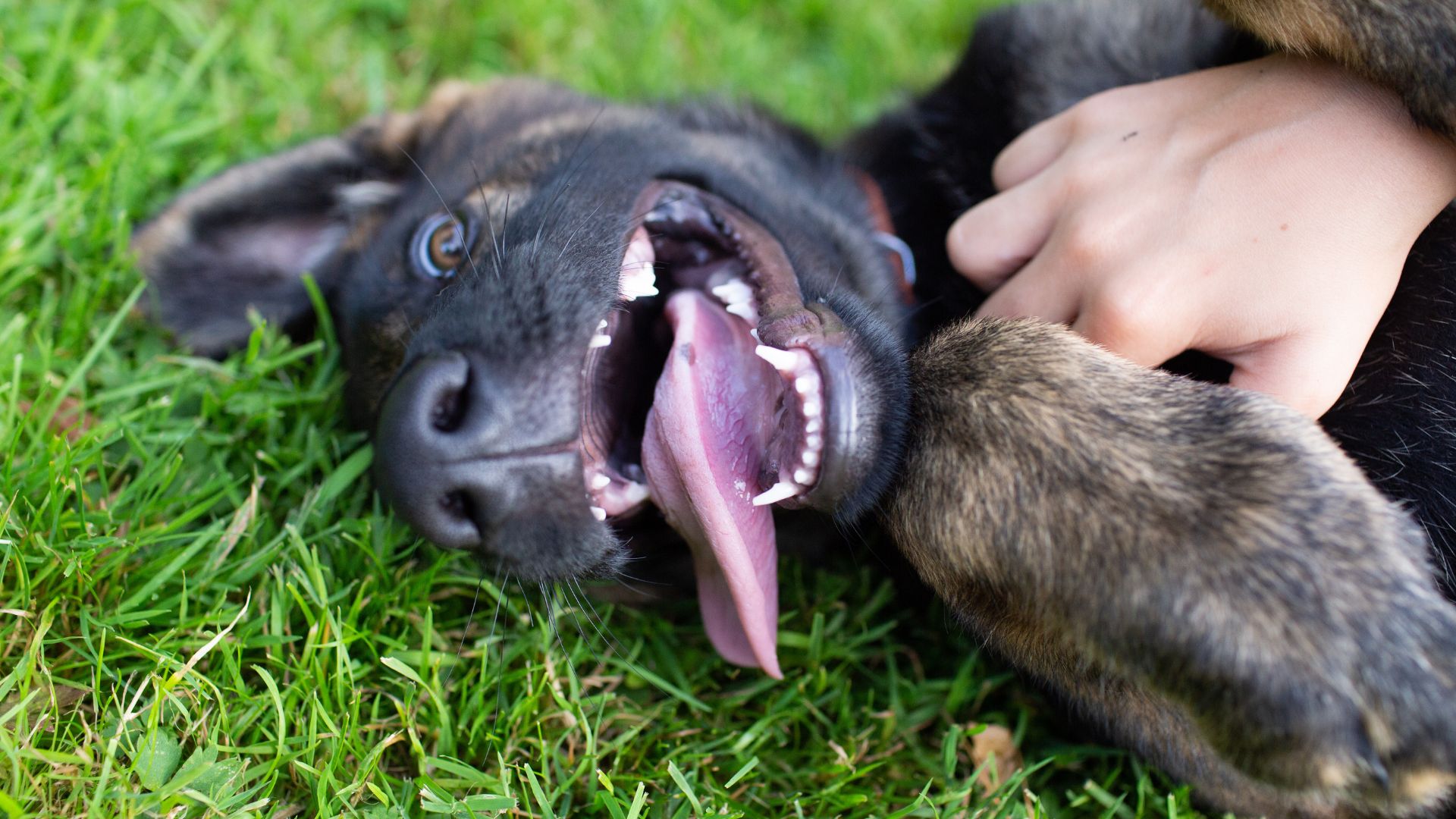
This approach is built upon our knowledge that a dog's behavior is rooted in their emotions and so by shifting how they react when experiencing certain emotions we can achieve more desirable responses. Easy!
11. Operant Conditioning
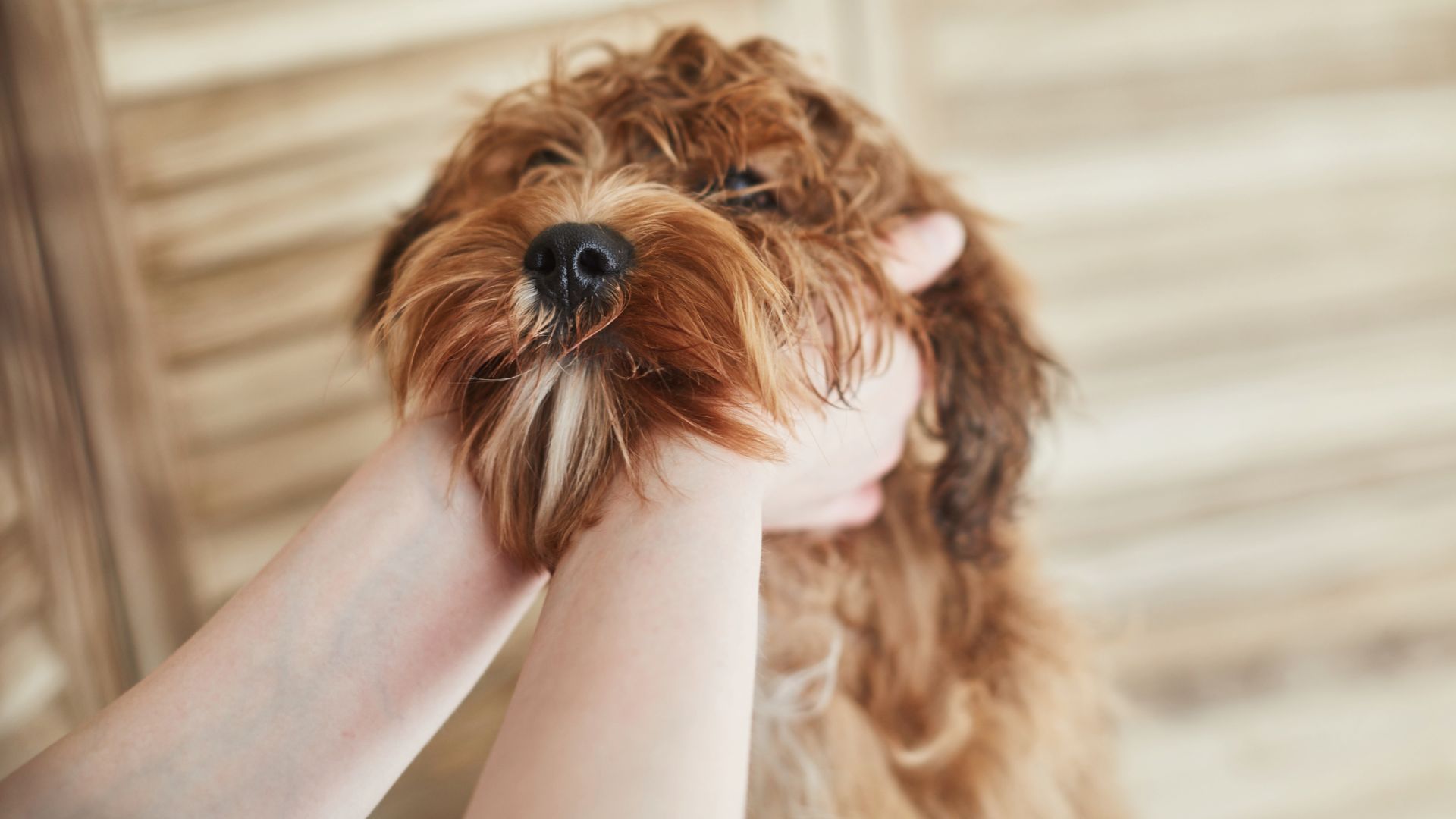
Operant conditioning draws a line between an action and the reward. It encompasses positive and negative reinforcement and positive and negative punishment. Together, this quadrant is used to curb and create behaviors. For example, you ask your dog to ‘stay’ and in response, they receive a stroke.
12. Balanced dog training
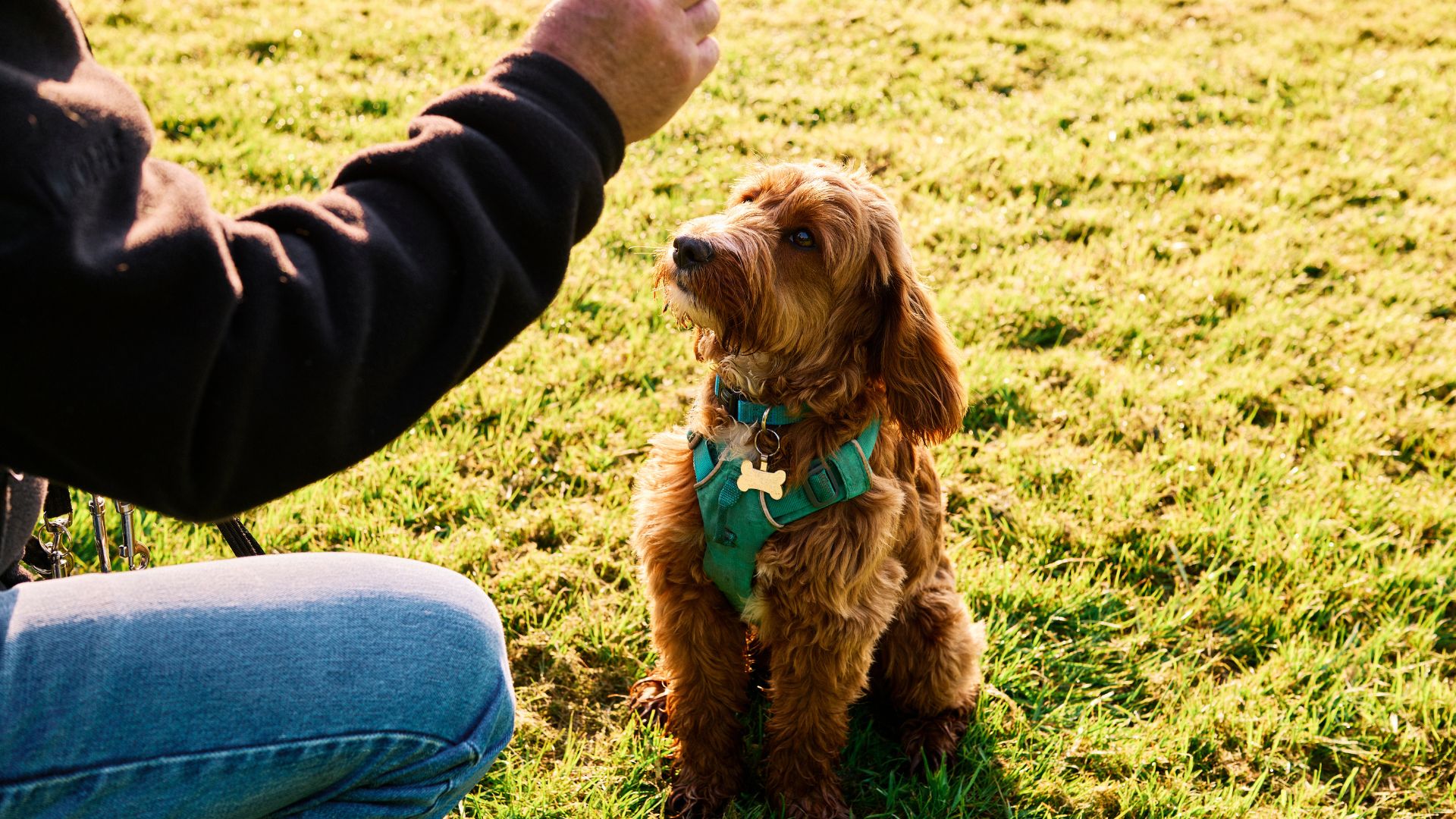
Balanced dog training marries positive and negative reinforcement to teach desired behaviors without punishment but rather correction.
13. Neutral dog training

Neutral dog training creates a sense of being an emotional blank space giving your dog the space and correct state of mind to respond appropriately.
14. Respect training
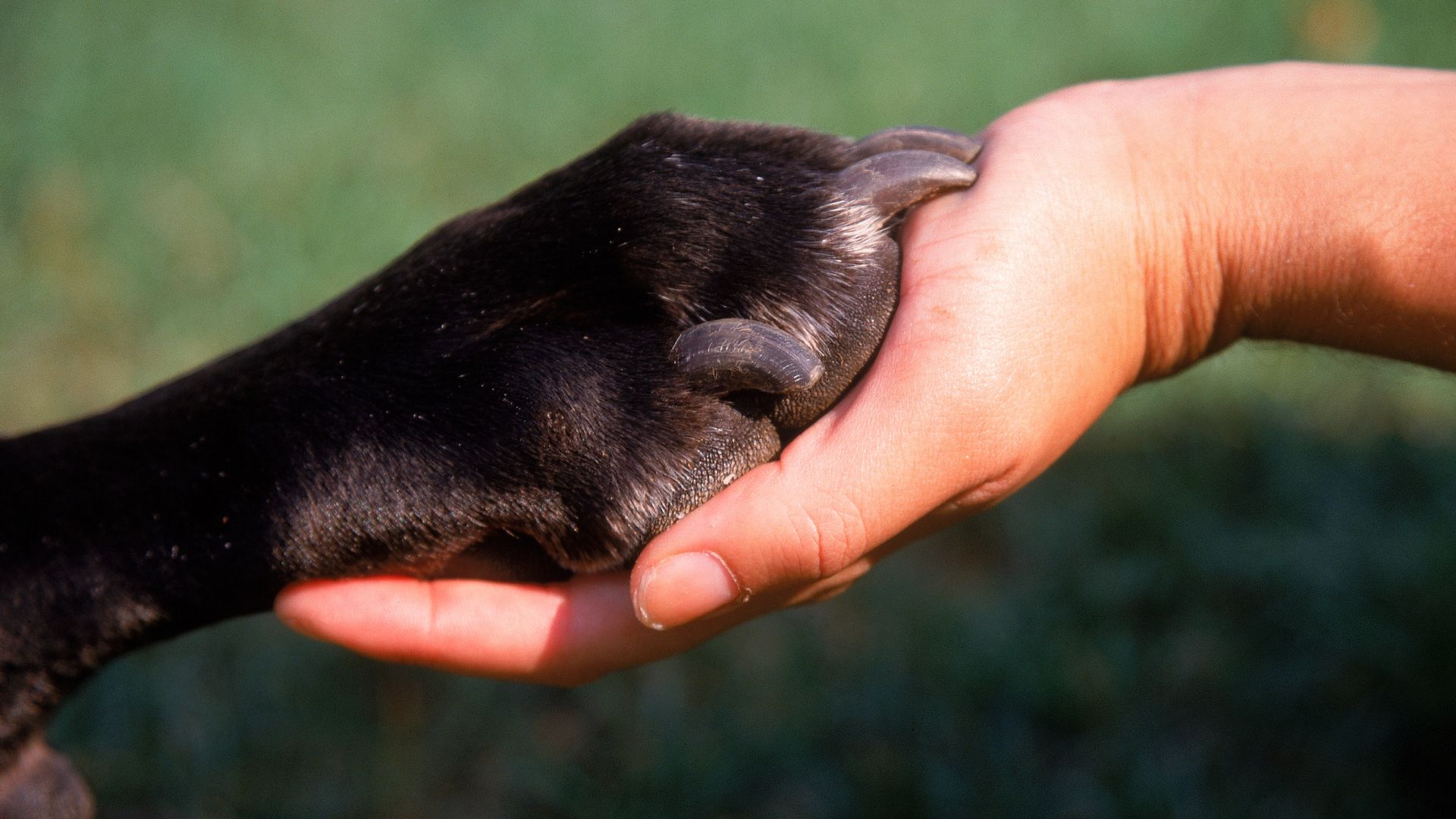
This method is as simple as having a break and spending time together outside of training and play. This downtime teaches your dog that they can relax around you in a shared space. Whilst it may not feel like the most proactive part of your training, taking a moment to pause and build trust is the foundation you and your four-legged friend could do with.
15. Compulsion training
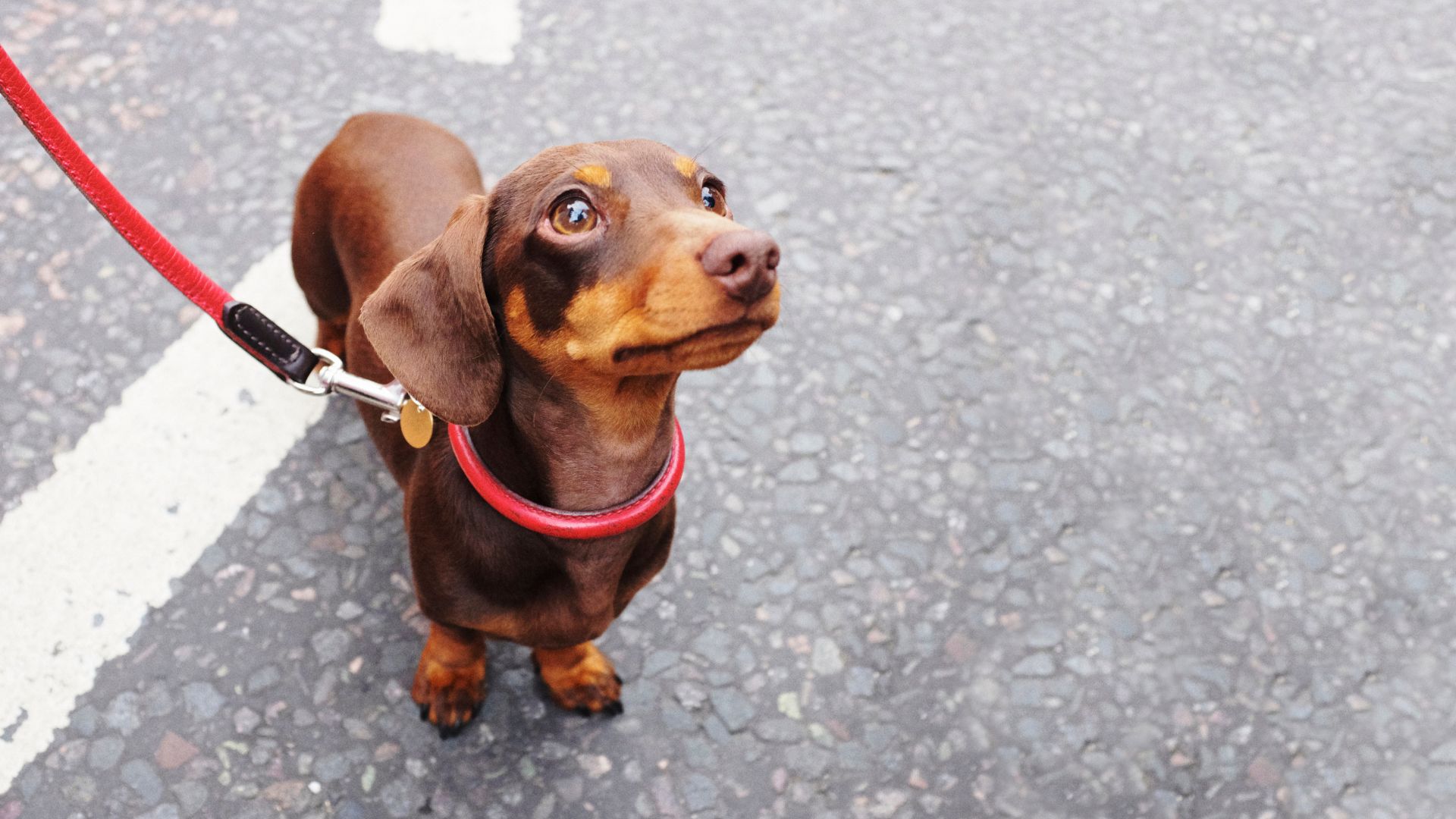
Compulsion training is an immediate response to an unwanted behavior. For example if your dog is pulling on the lead, perhaps a short sharp sound or tug on the leash followed by excitable encouragement and praise. This cycle teaches the consequence of action but also reignites your dog's enthusiasm as you continue training.
16. Extinction
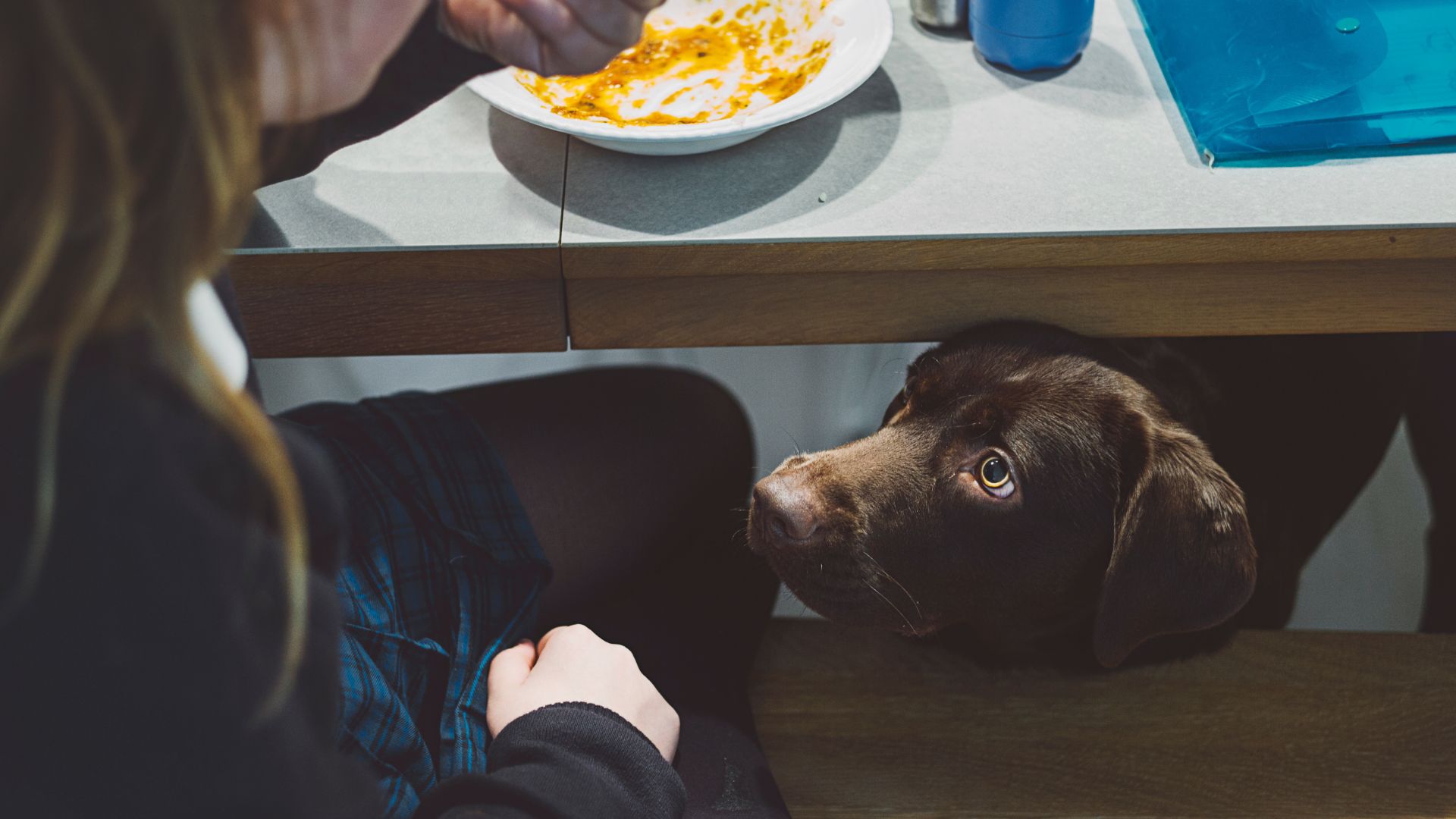
As you might have already guessed, extinction training puts a full stop on the cause of a behavior. Common approaches include, no longer feeding a begging dog at or near the dinner table or not petting a dog when it jumps up.
17. Call and release
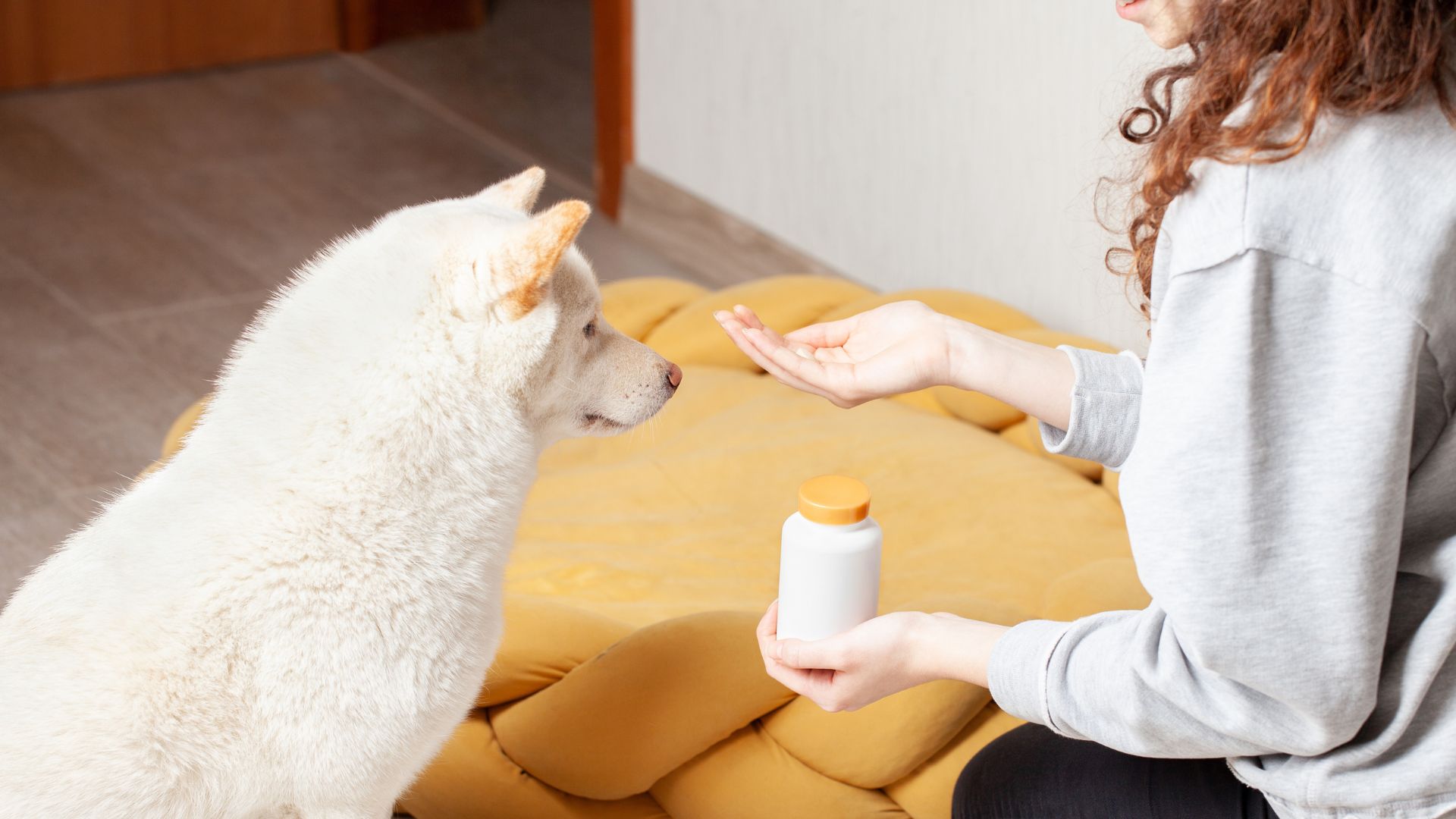
This type of training is particularly beneficial when you’re teaching your dog the art of a reliable recall. Instead of only calling them when you’re putting their lead on, or trying to lure them to the vets, they will associate you with calling them something negative. However if you call your dog other times, reward them with a treat.
18. Luring

This approach is commonly used when teaching dogs to roll, lie down, or sit by guiding a dog's behavior with the temptation of a treat at the end of their nose. You could always try some of the longest lasting dog treats to keep them occupied for longer.
19. Capturing
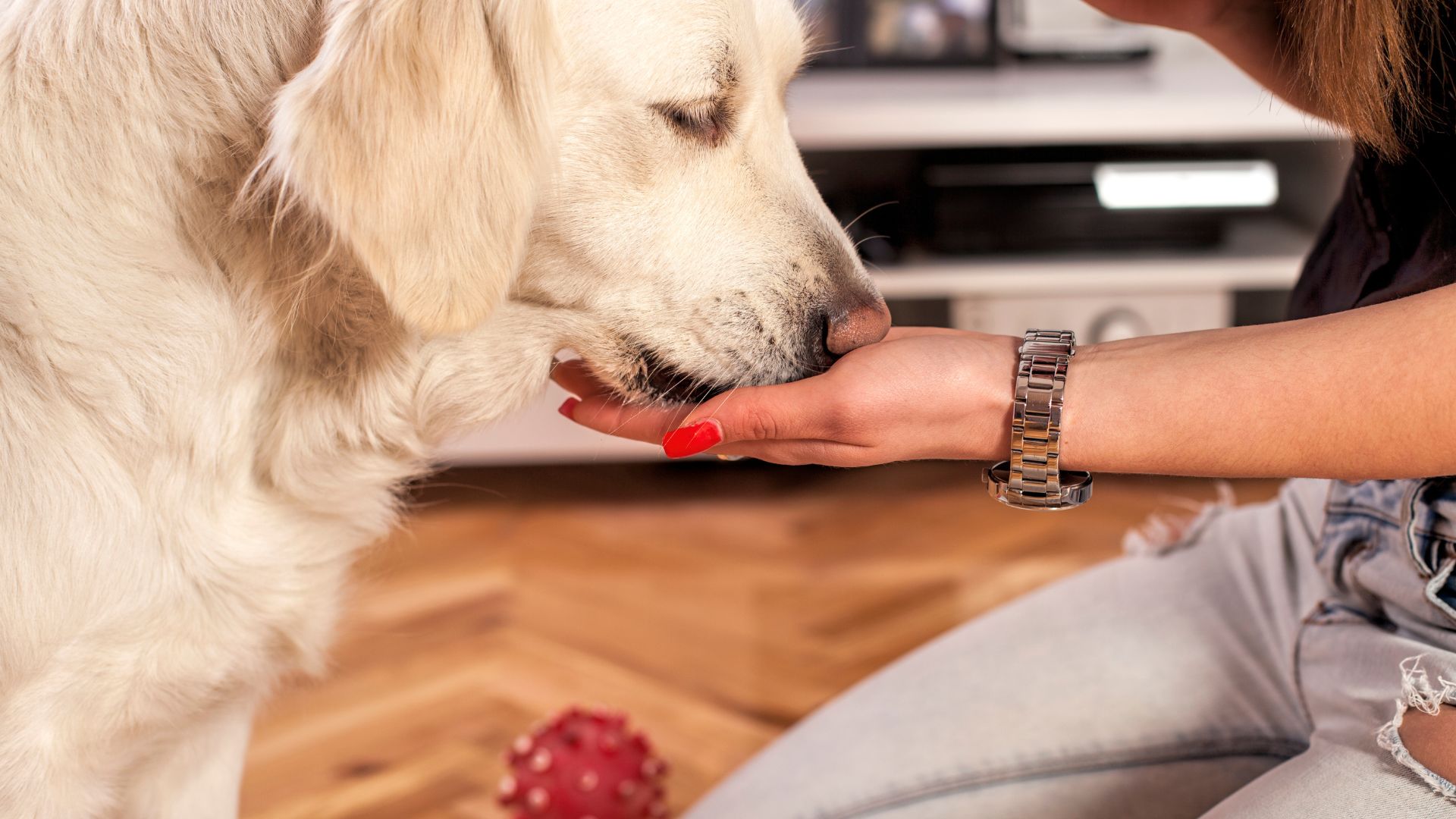
To capture a dog's behavior you mark or cue it, by following the first natural occurrence of the behavior with your chosen cue or marker and a treat to reinforce the reward.
20. Shaping
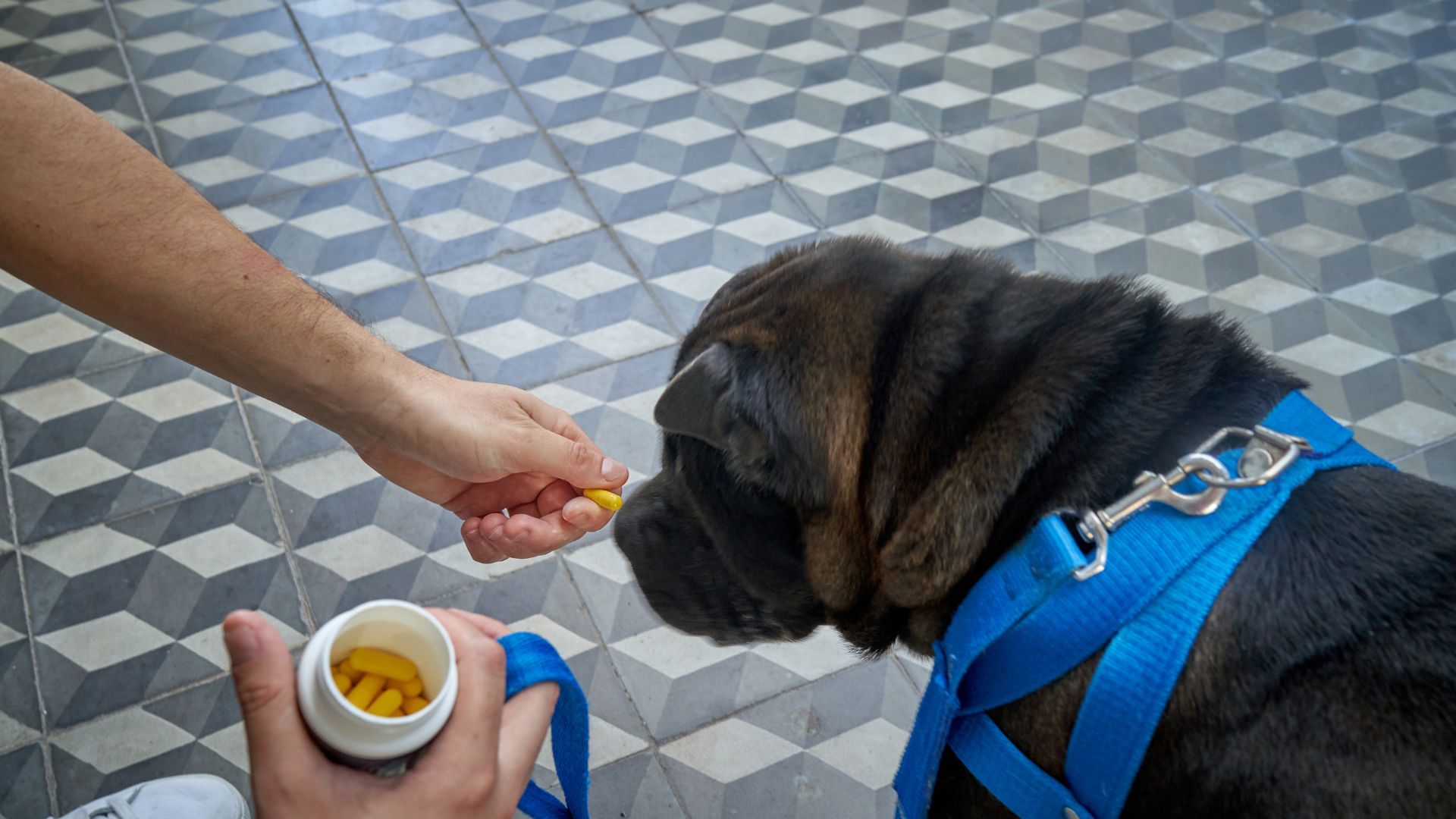
Shaping is your step-by-step guide to trick success. This method is made for the more patient of dog parents as you treat your pup each step of the way toward a new behavior. So you might need to stock up lots of the best dog treats to nail this form of behavioral training.
21. Get into a routine
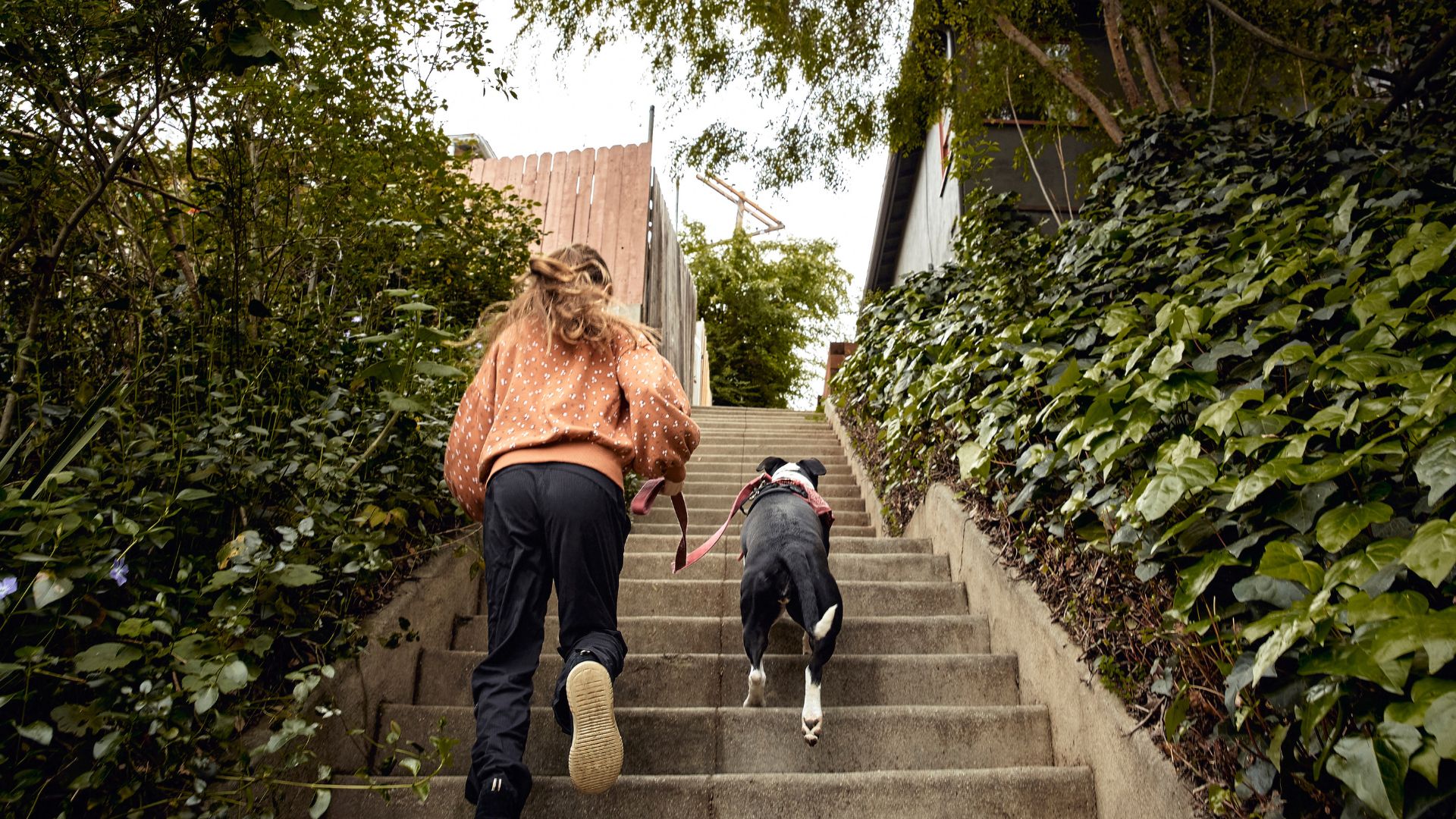
Routines not only work for humans. They do the trick with dogs too. No matter whether you're teaching your pooch how to sit, dance or bow, get them into a routine and they’ll master the art of tricks in no time.
22. Targeting
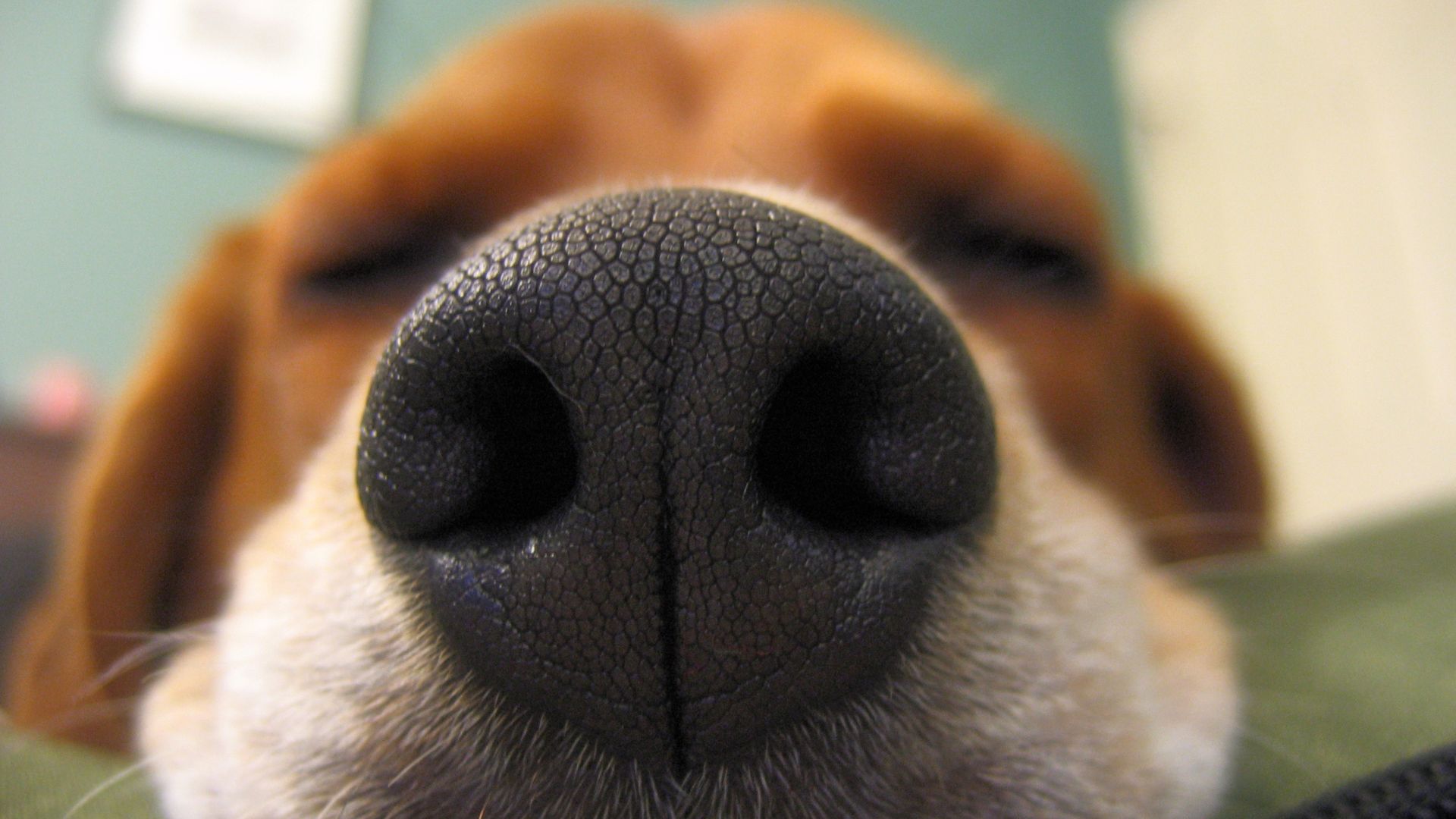
Often called ‘touch’, this training method encourages a dog to quite literally follow its nose. Based on our understanding that a dog's body follows its nose, this approach is highly effective.
23. Modeling
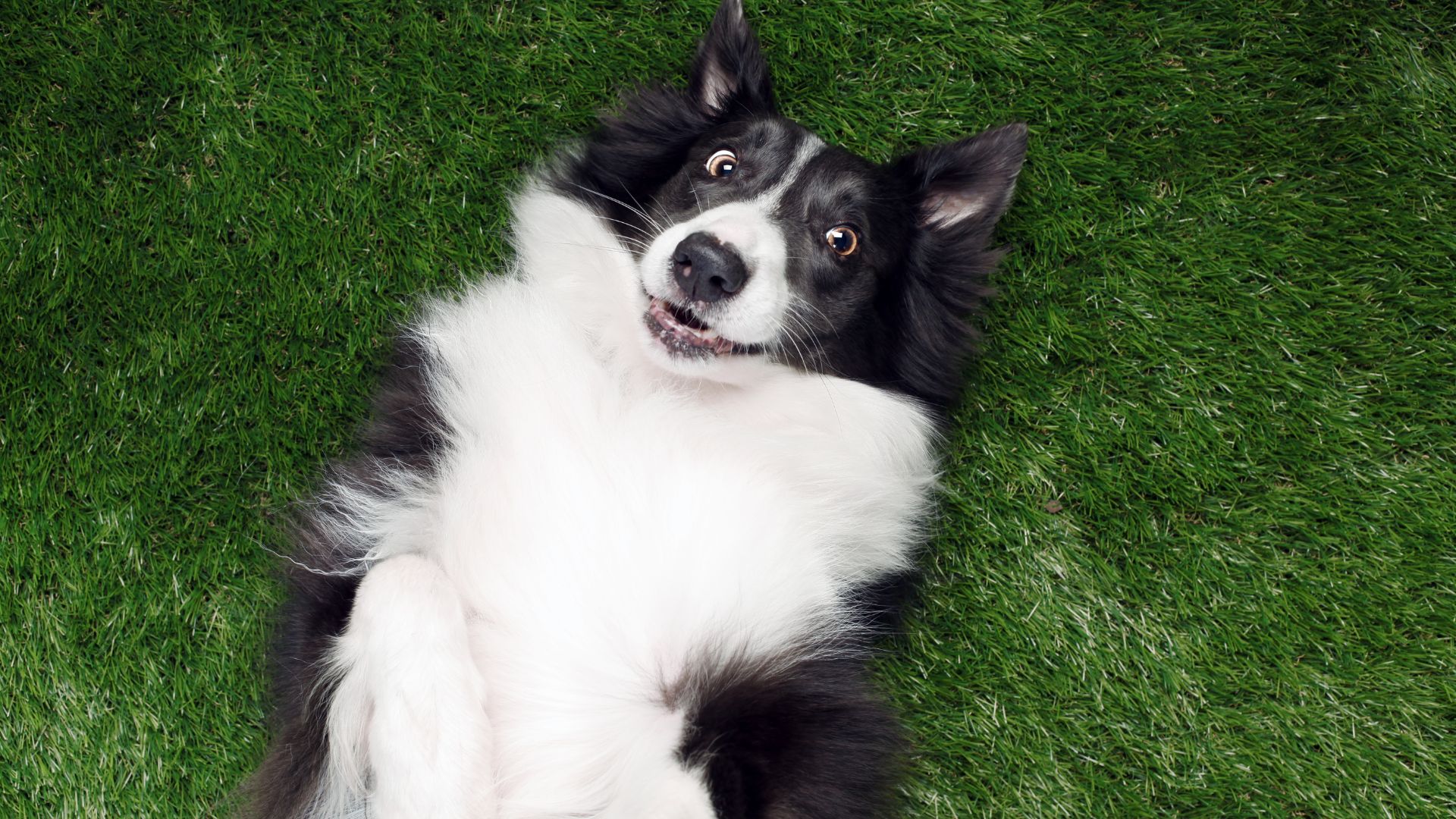
Want to teach your dog how to sit, roll over, or stay? This method calls for the guidance of a well-trained dog to act as a point of reference for the dog-in-training to observe and mirror. This type of social learning is supported by a dog's natural instinct to learn by example.
24. Counter Conditioning

The process of counter-conditioning is to take your dog's emotional response to a trigger from fearful and anxious to excitable and positive. To do this you partner each unsettling stimulus with a favored treat or reward, building a positive association between the two.
25. Keep it consistent
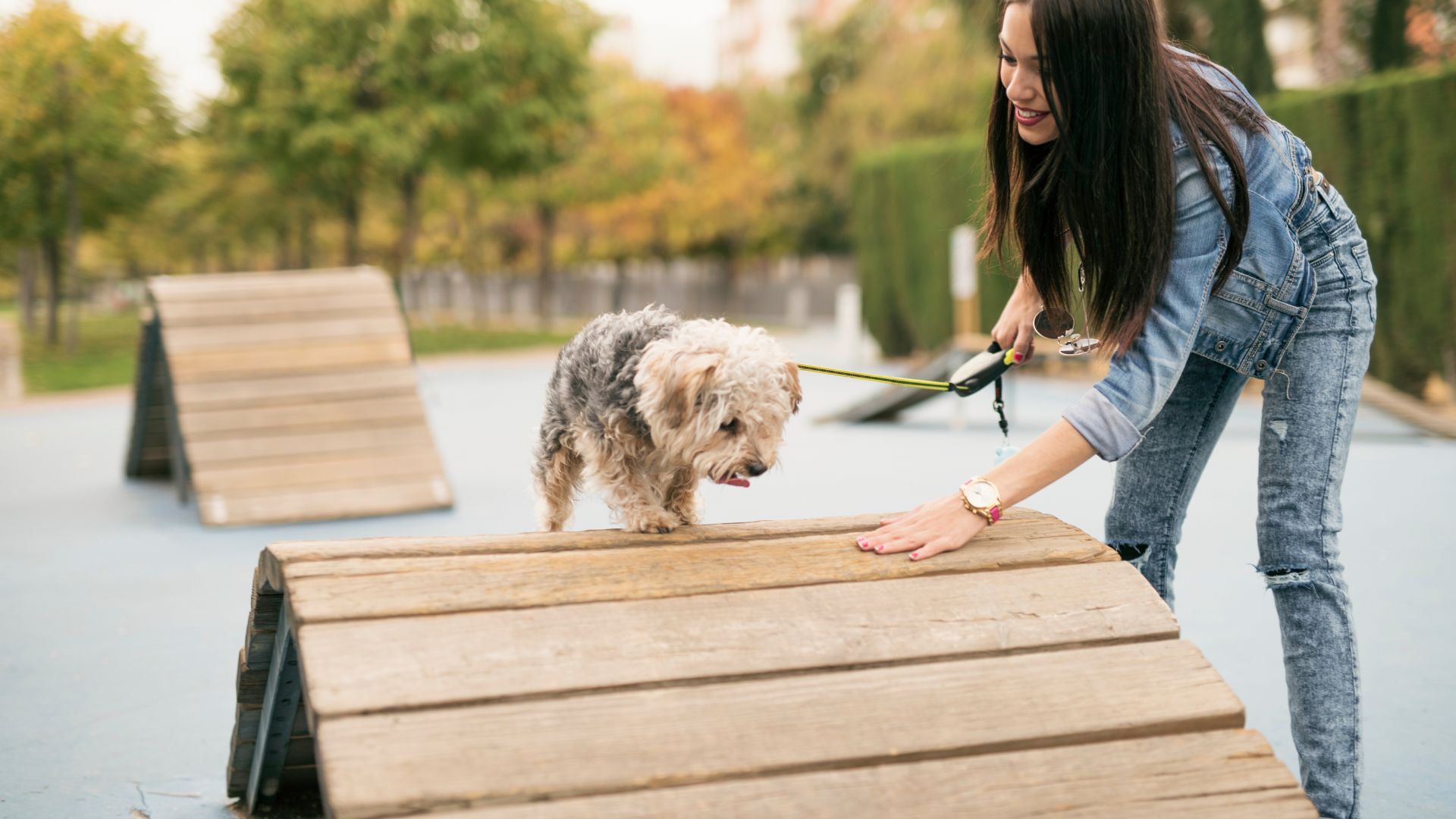
We all learn through the process of repetition. So, if you’re trying to teach your pooch how to shake paws or walk backwards, repetition is key.
26. Keep the lead short
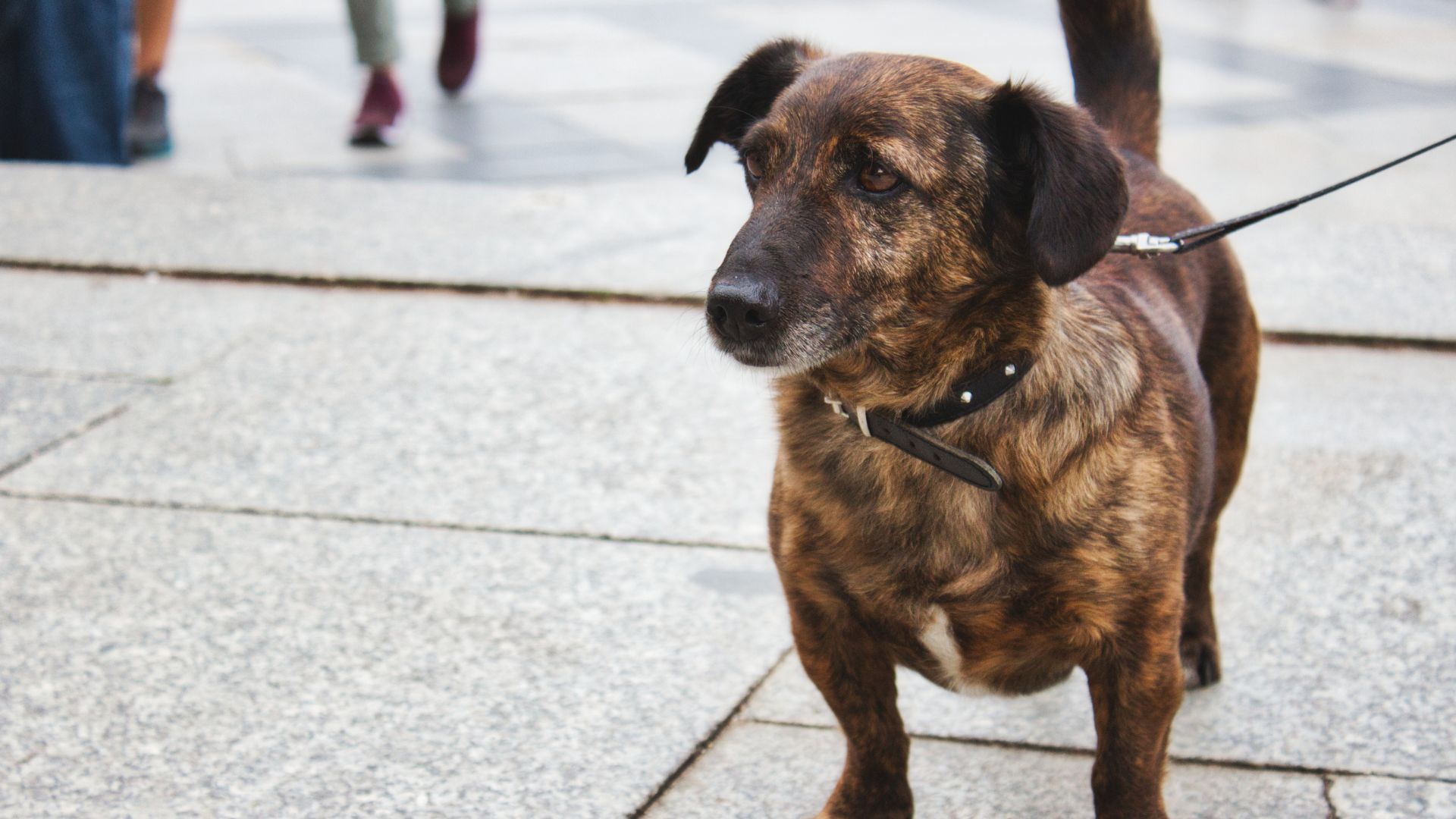
Learning how to calm a reactive dog is one trick every pooch parent should know. One tried and tested trick to keep your dog calm and stop them lunging, barking or growling is to put your pooch on a leash and keep it short.
27. Keep it simple
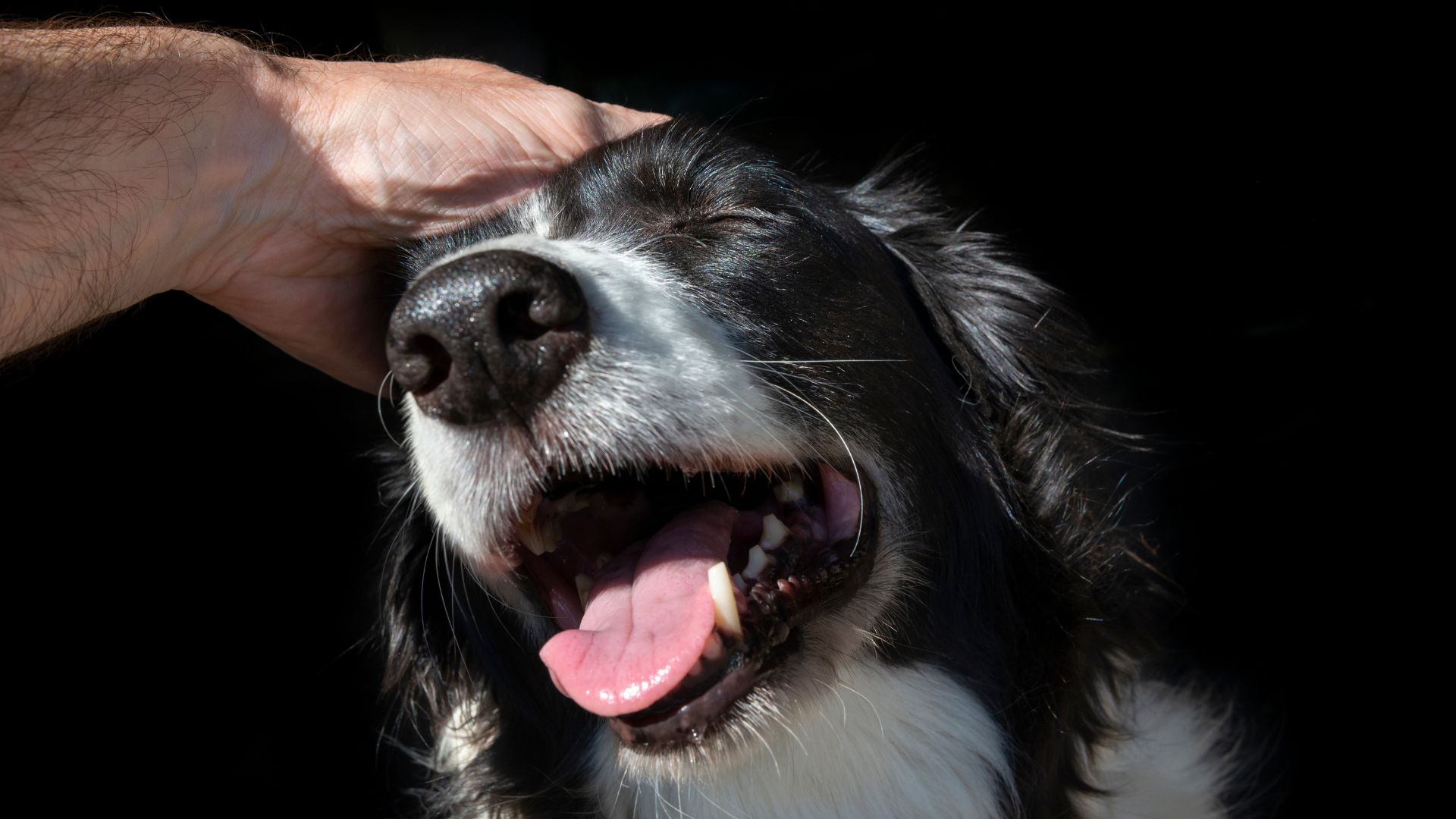
As is the case for humans, lots of brain power is used when learning and the same goes for learning a new trick of the trade. Which is why the key is to keep it simple. For example, use just one word for each new trick you are teaching your dog.
28. Use your hands
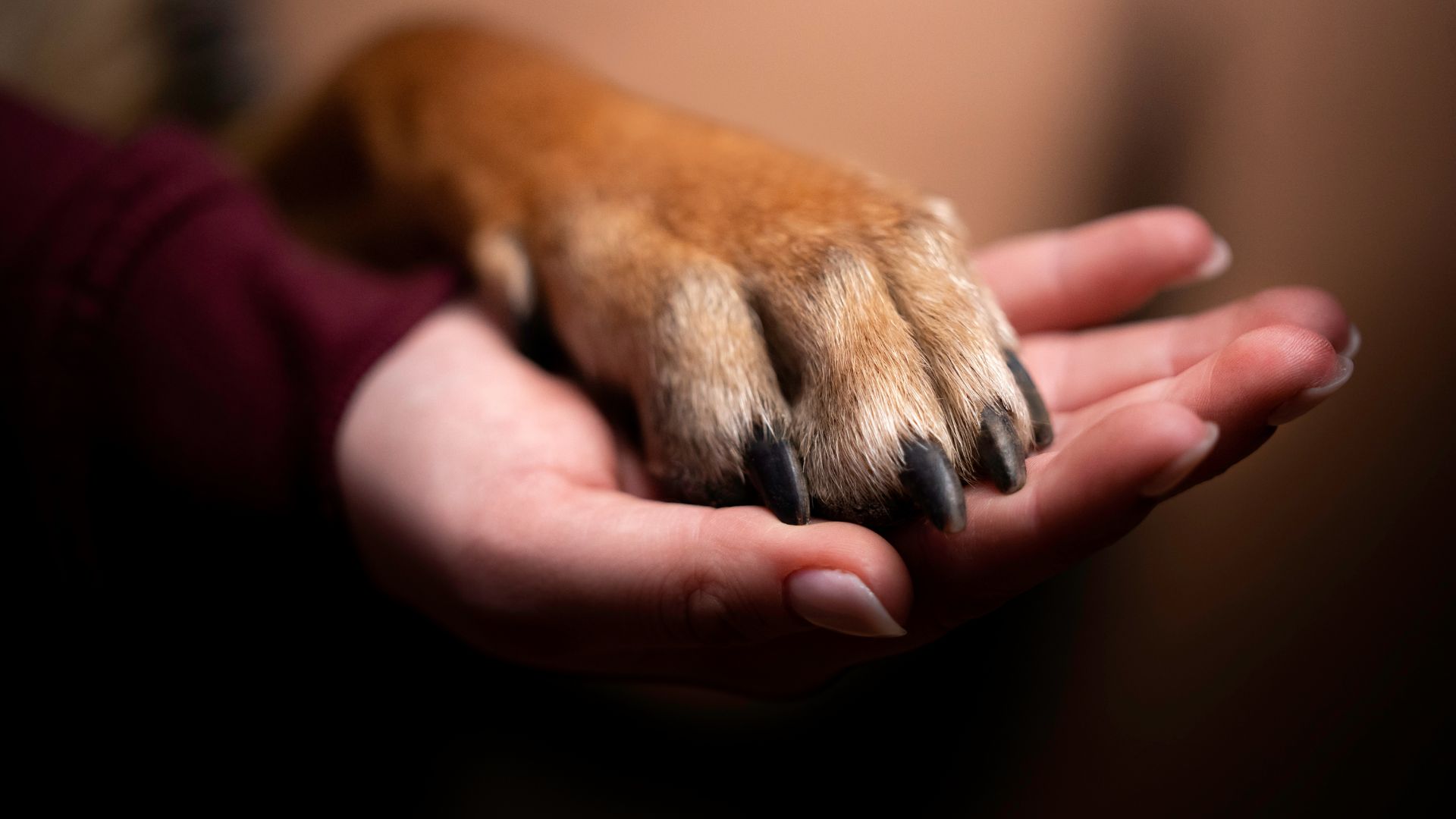
Although some might say otherwise, dog’s don’t speak our language. But what they do understand is hand signals. For example, when teaching your dog to give a paw shake, hold your hand out until they do so.
29. Slowly does it
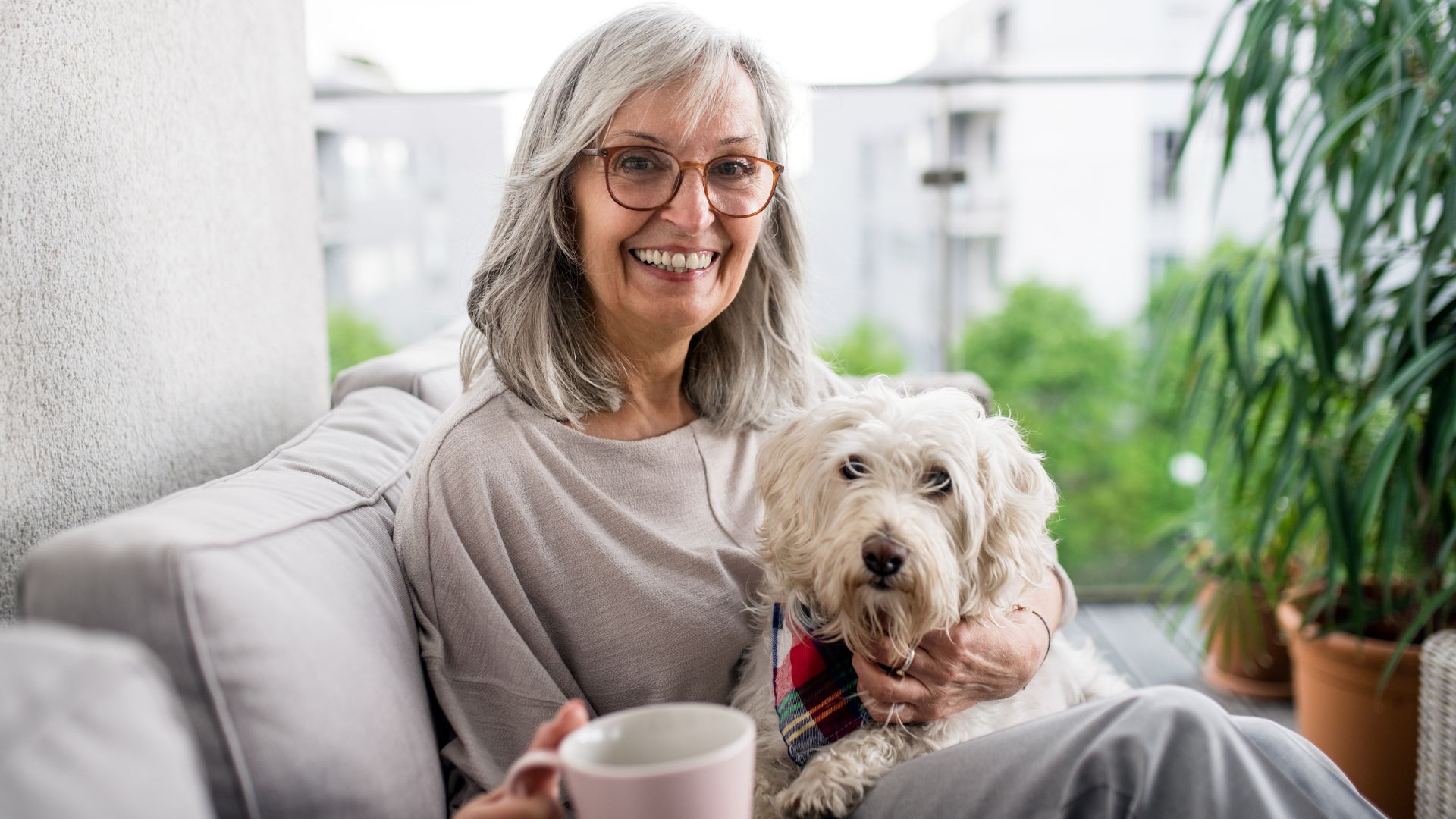
Whether you’re teaching them to play dead, reverse or bark on command, current advice suggests you should spend around just five minutes teaching your dog a new trick and no more. Any longer and your canine companion might lose interest.
30. Tire them out
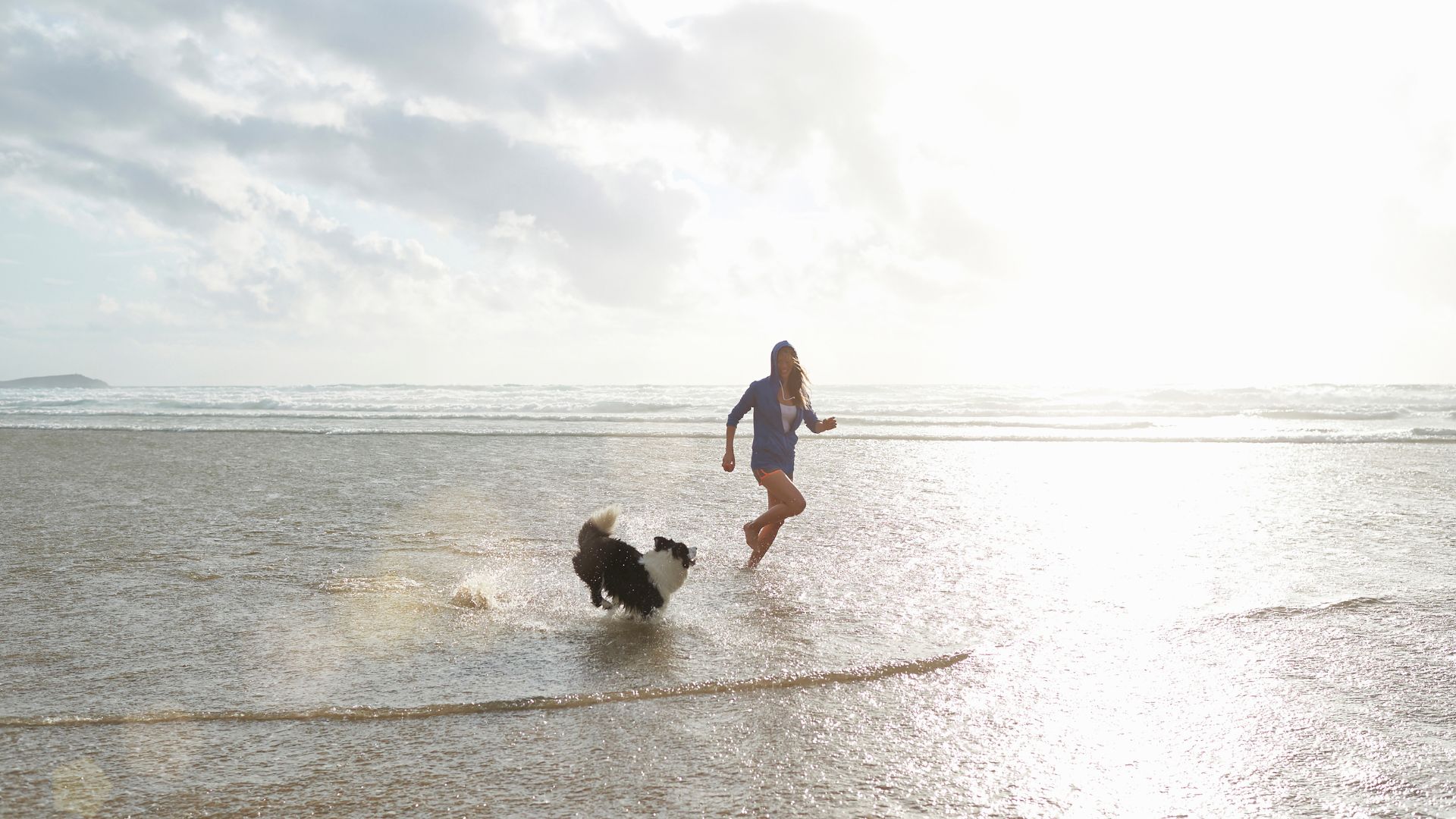
If you’re wondering why your dog’s not listening to you, the key could be to tire them out. Before completing their five minutes of training, put them through their paces to keep them motivated and stimulated, while preparing for what lies ahead.
31. Minimize distraction
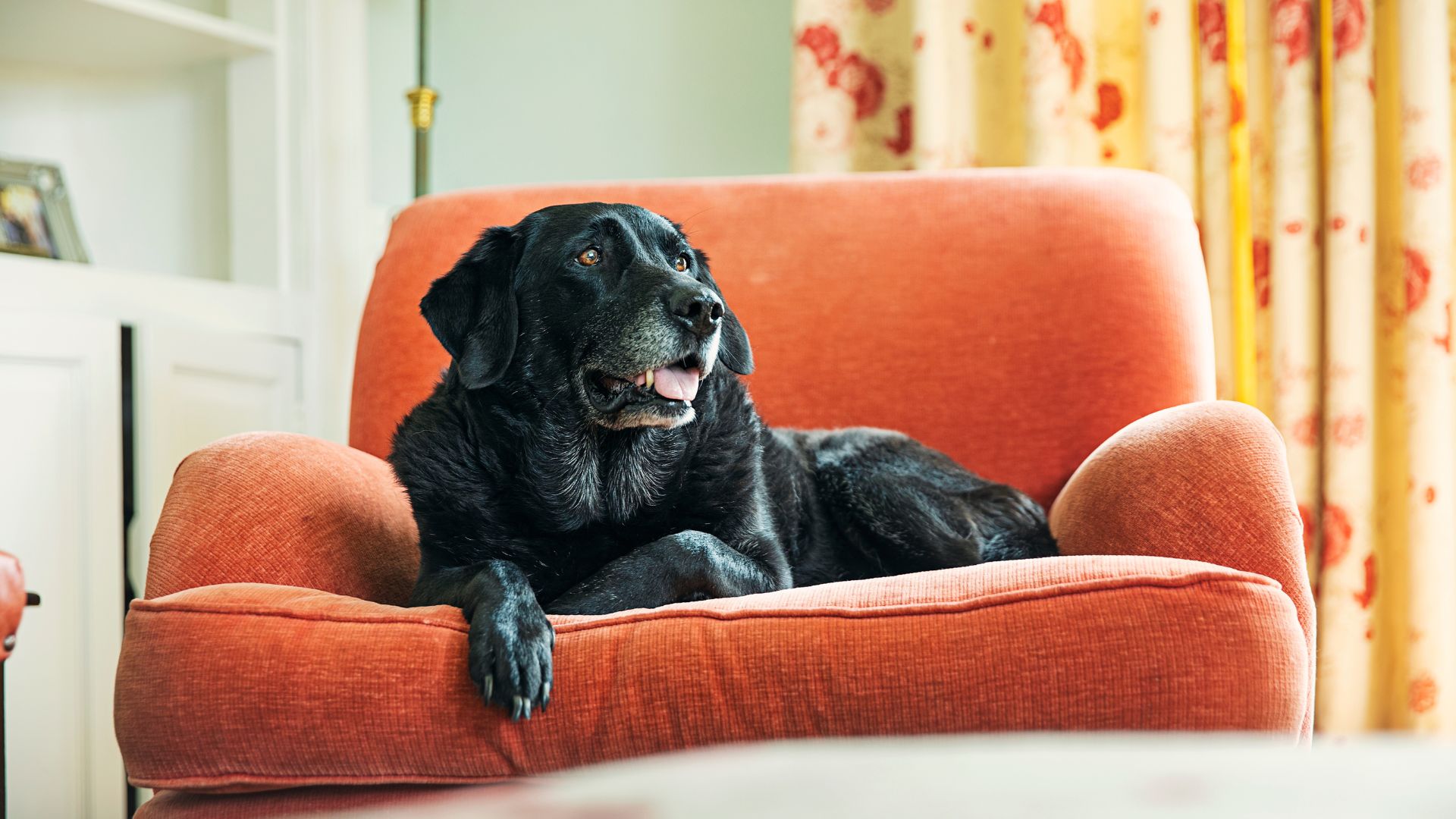
Minimal distractions make for the perfect training ground. Instead of taking them somewhere new (and noisy), start off your training in a neutral ground, like your front room or garden.
32. Make it fun
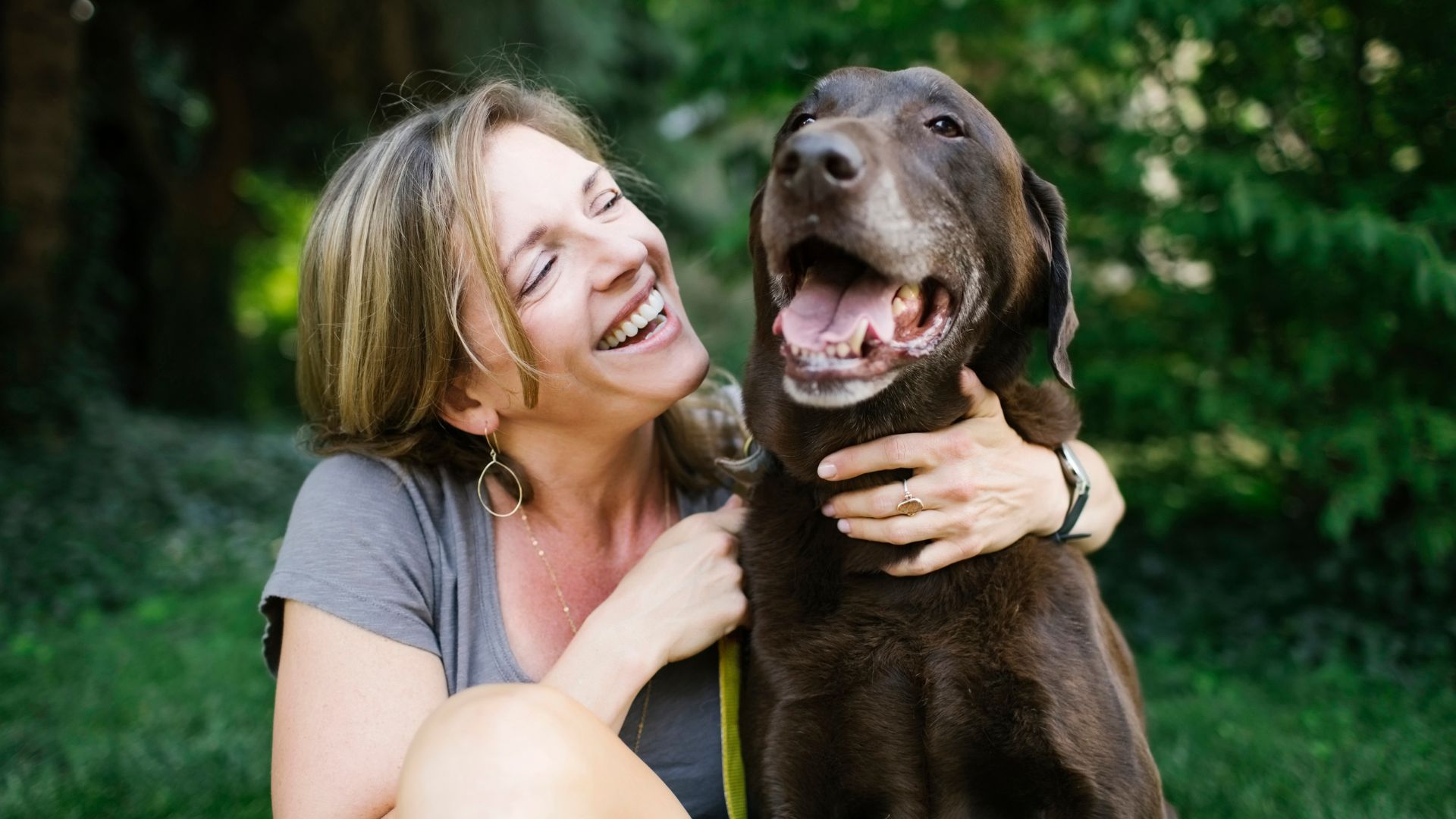
If it’s not fun, how else do you expect your dog to keep their concentration? Playtime helps to build the bond between you and your pooch. So really, everyone’s winning.
Wondering why your dog barks at everything and how to stop it? Then look this way. Or if you’re learning how to crate train a dog, discover this vet’s guide.
PetsRadar Newsletter
Get the best advice, tips and top tech for your beloved Pets

Becks is a freelance lifestyle journalist who has more than 9 years of experience in the world of digital and print journalism. She covers health, wellness and family interests for a range of titles. When she's not putting pen-to-paper (or finger-to-keyboard) she's reading, in the gym, or taking her Dog Aunt title very seriously looking after the handful of four-legged creatures in her life.
